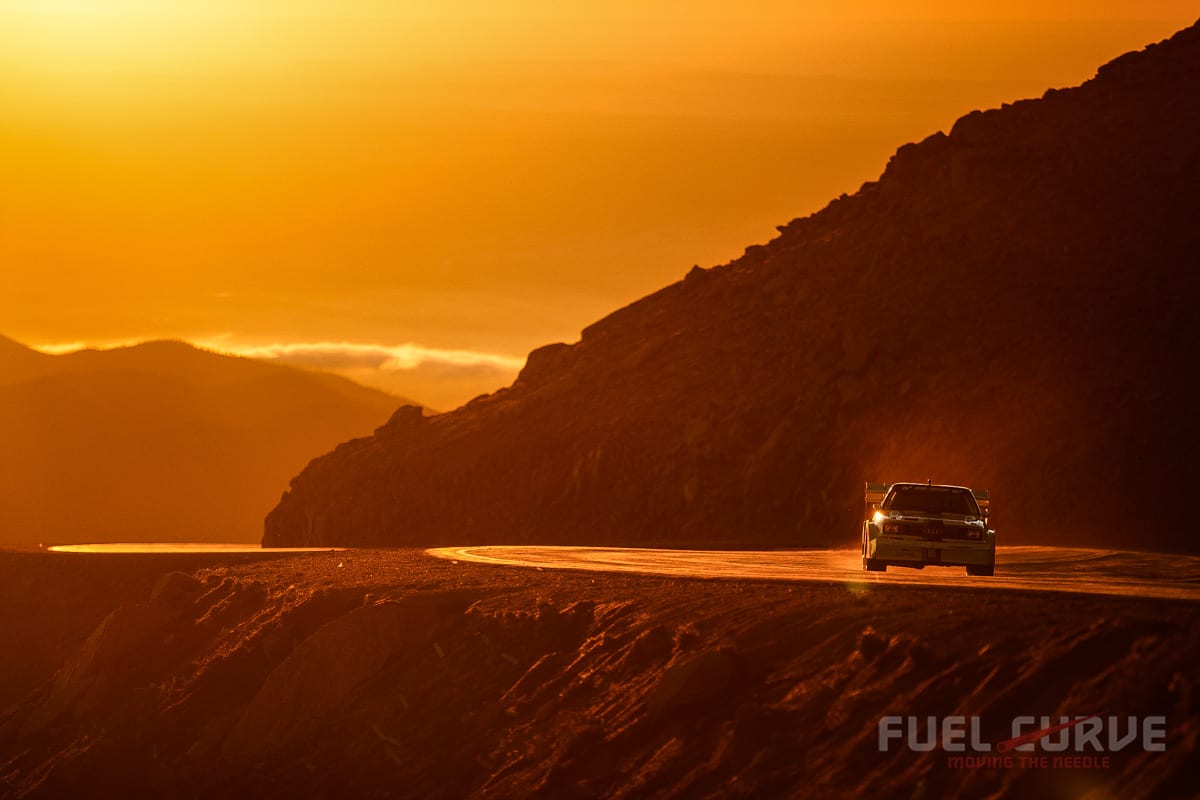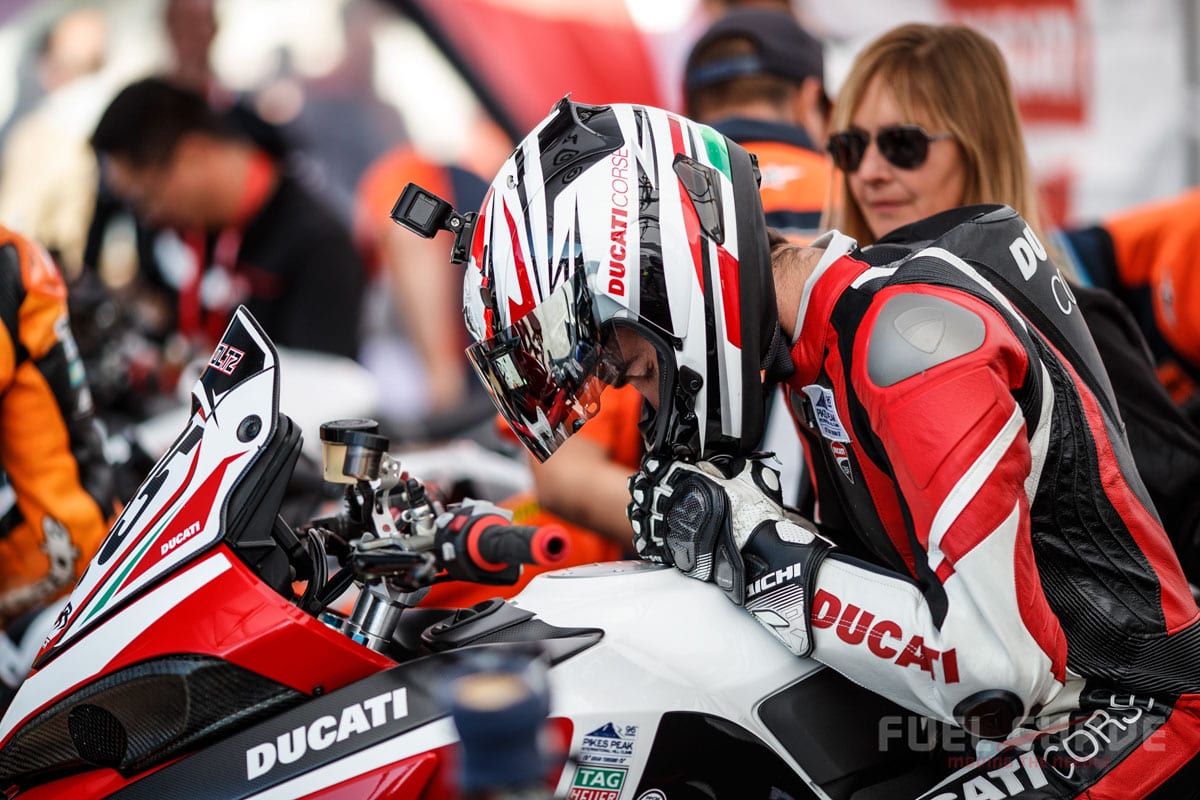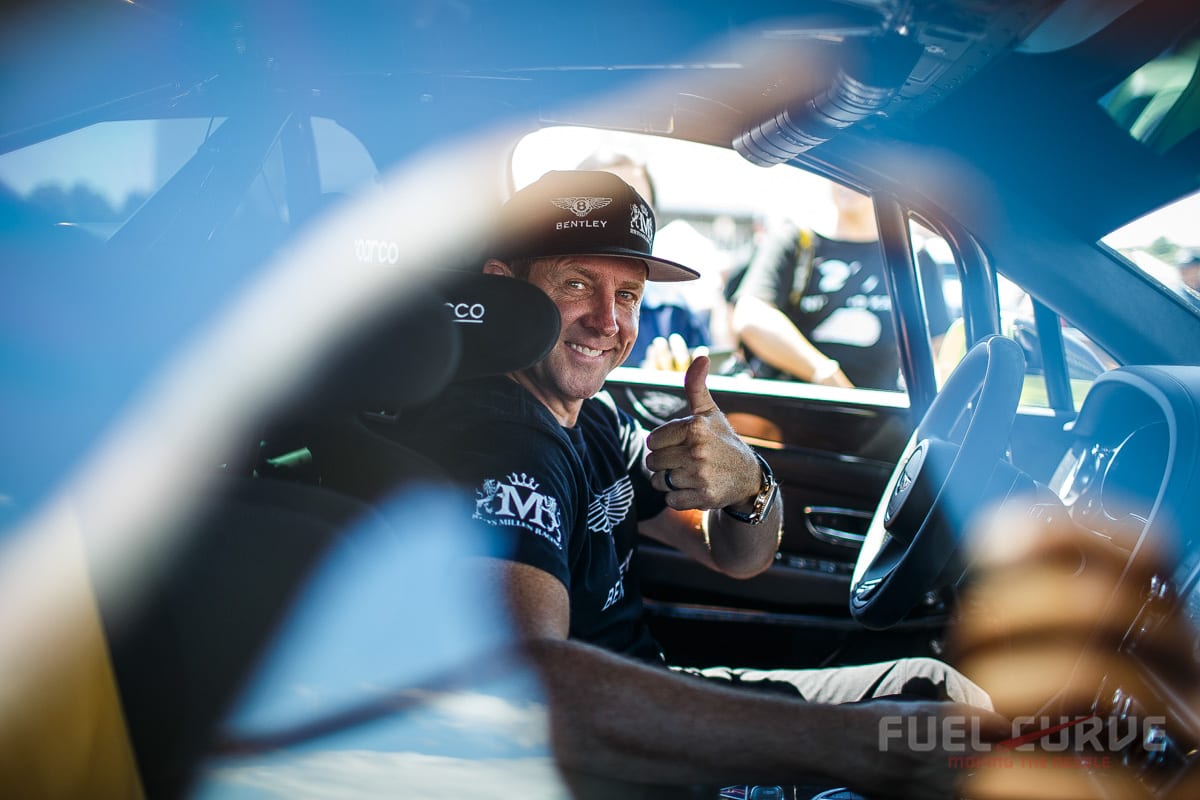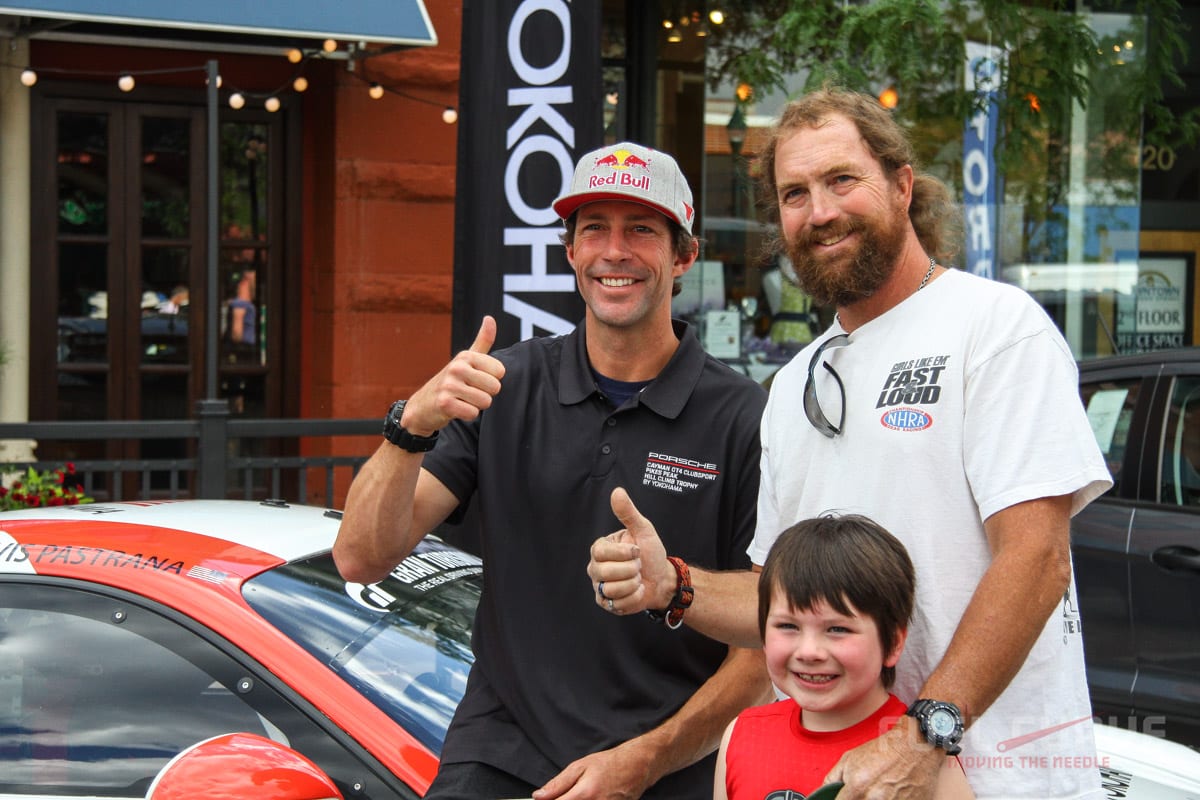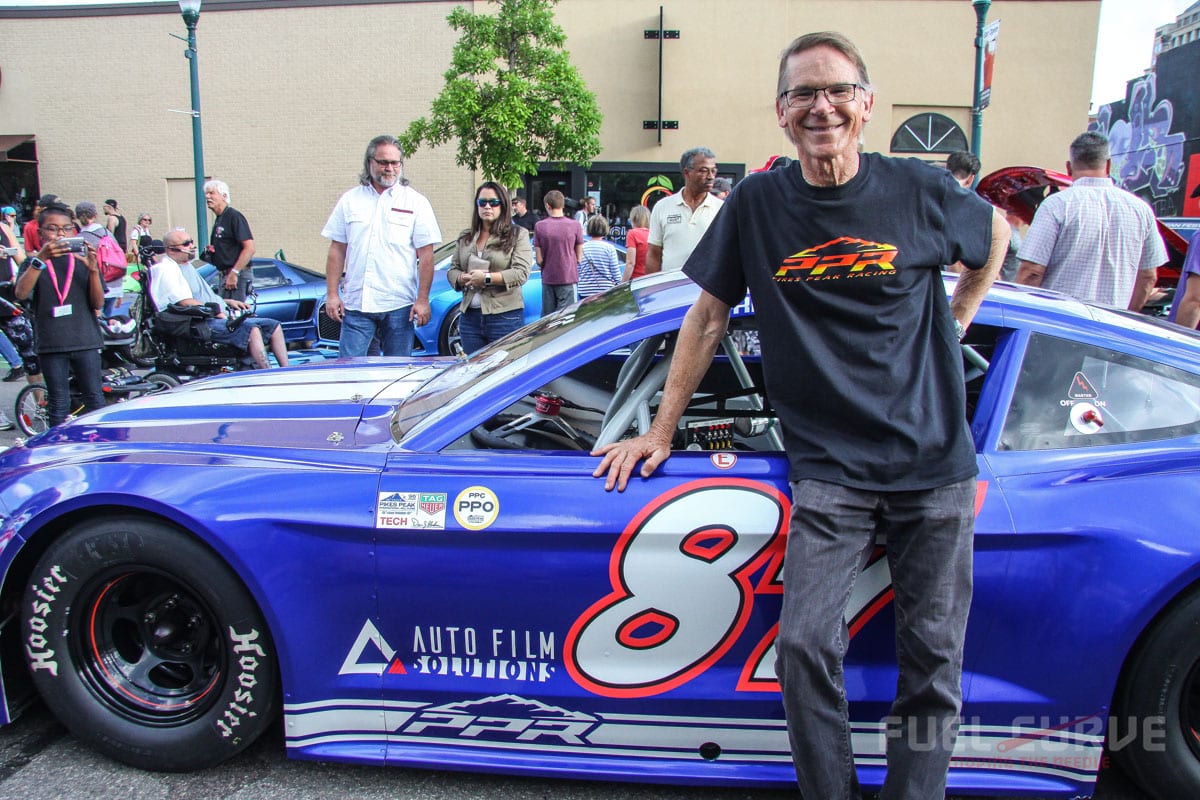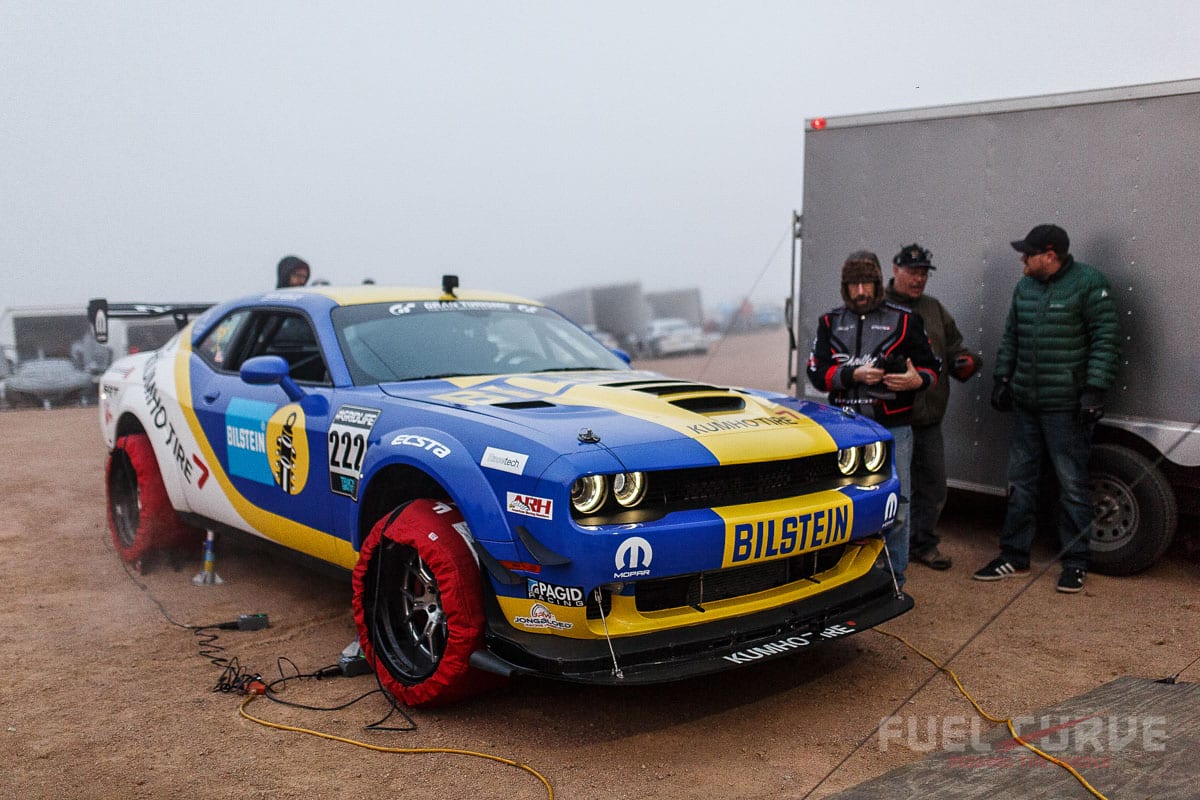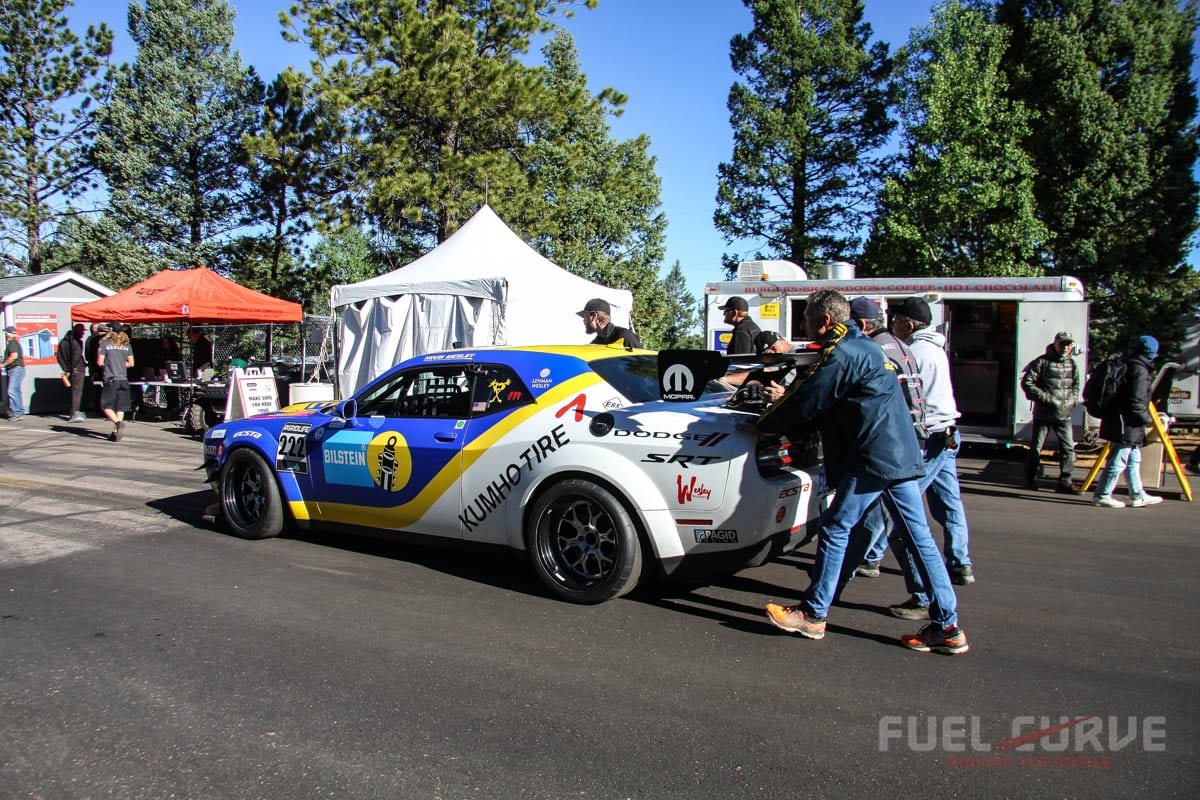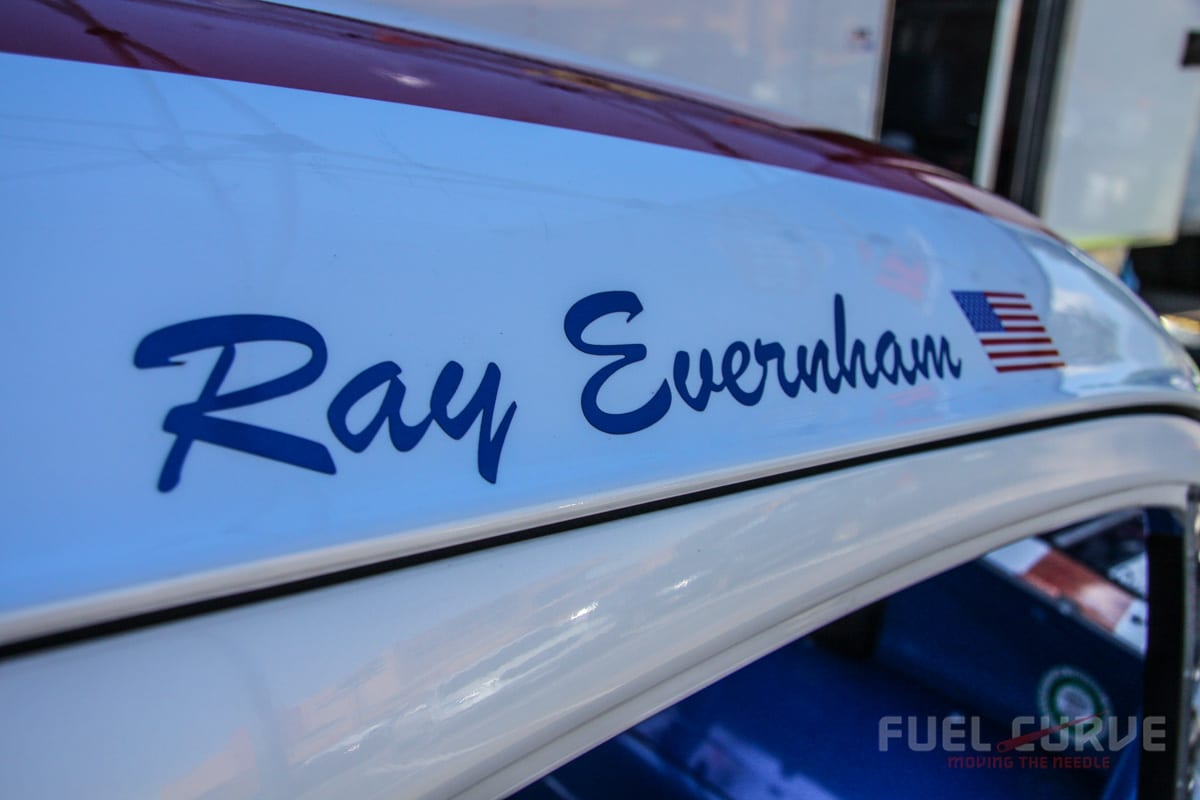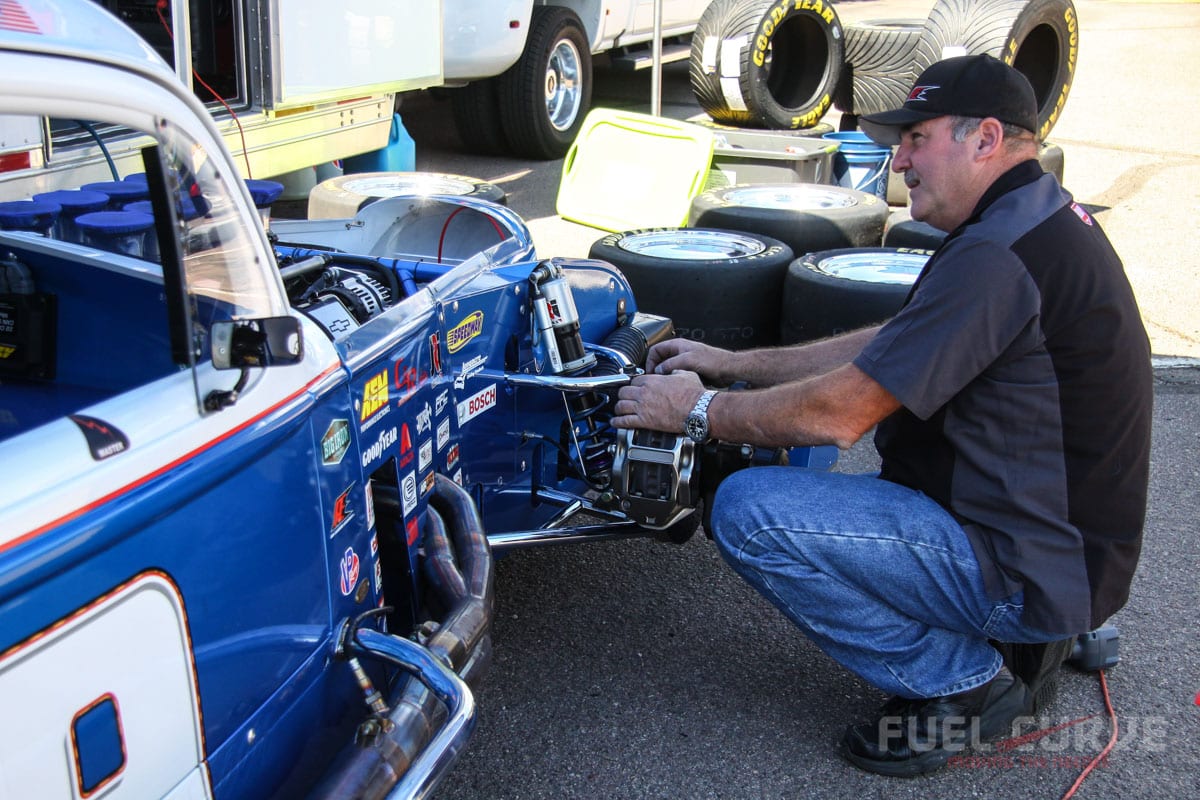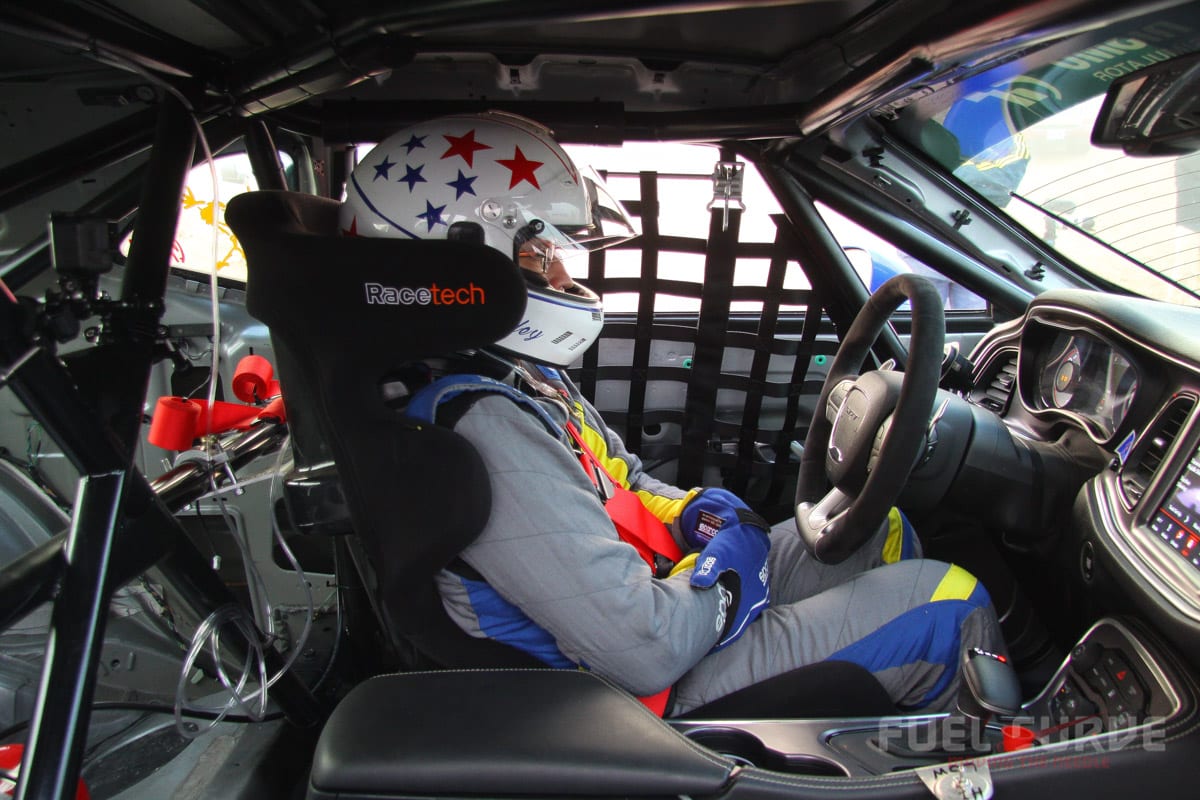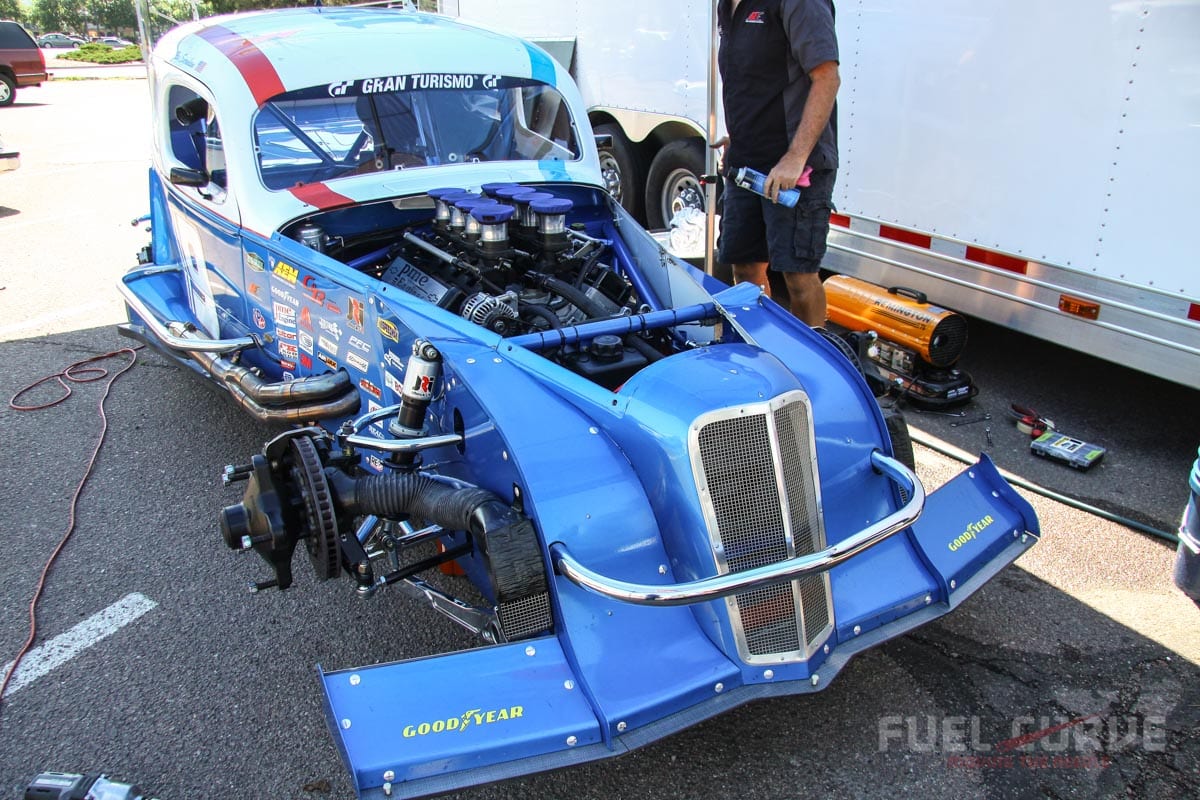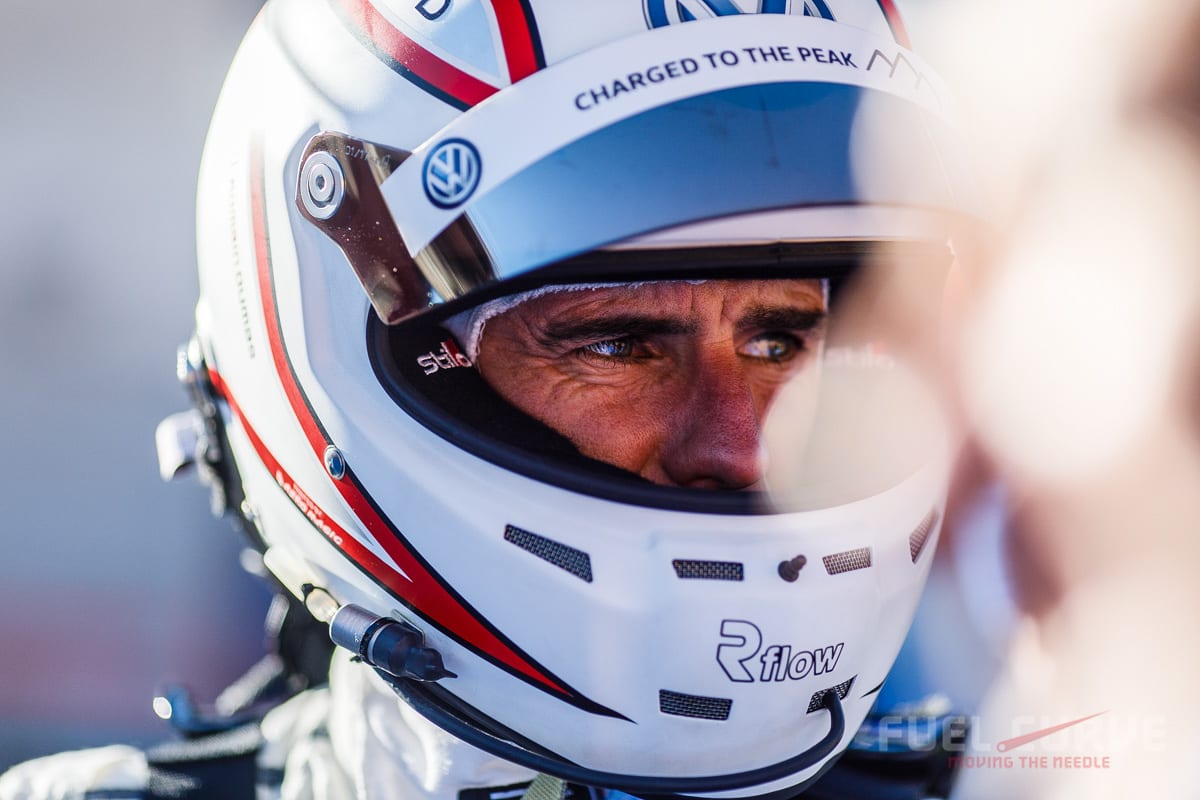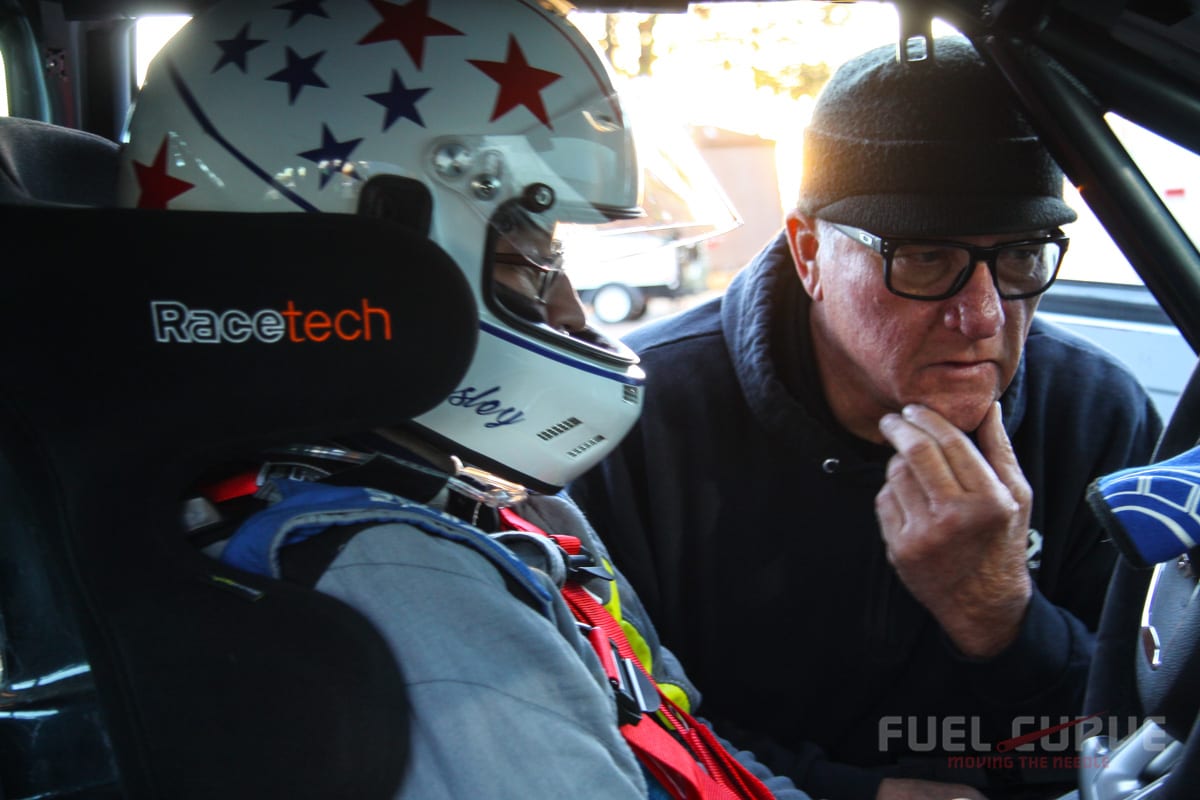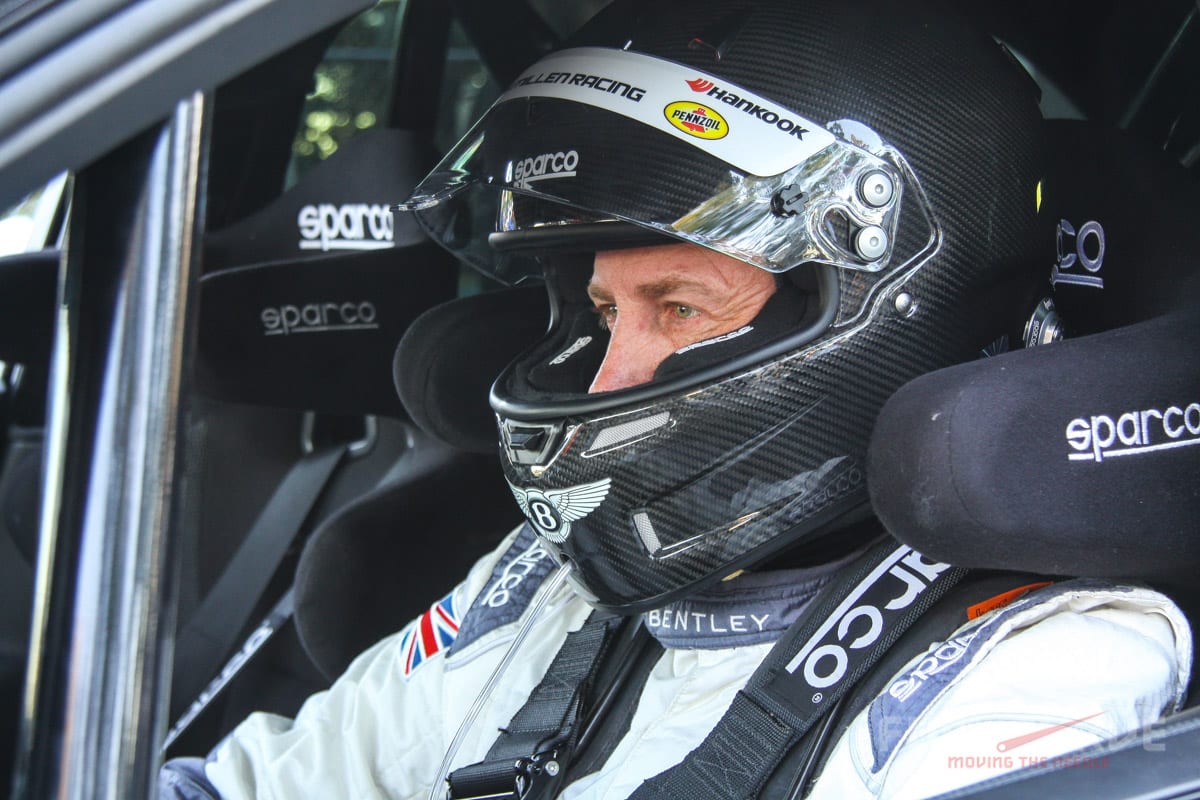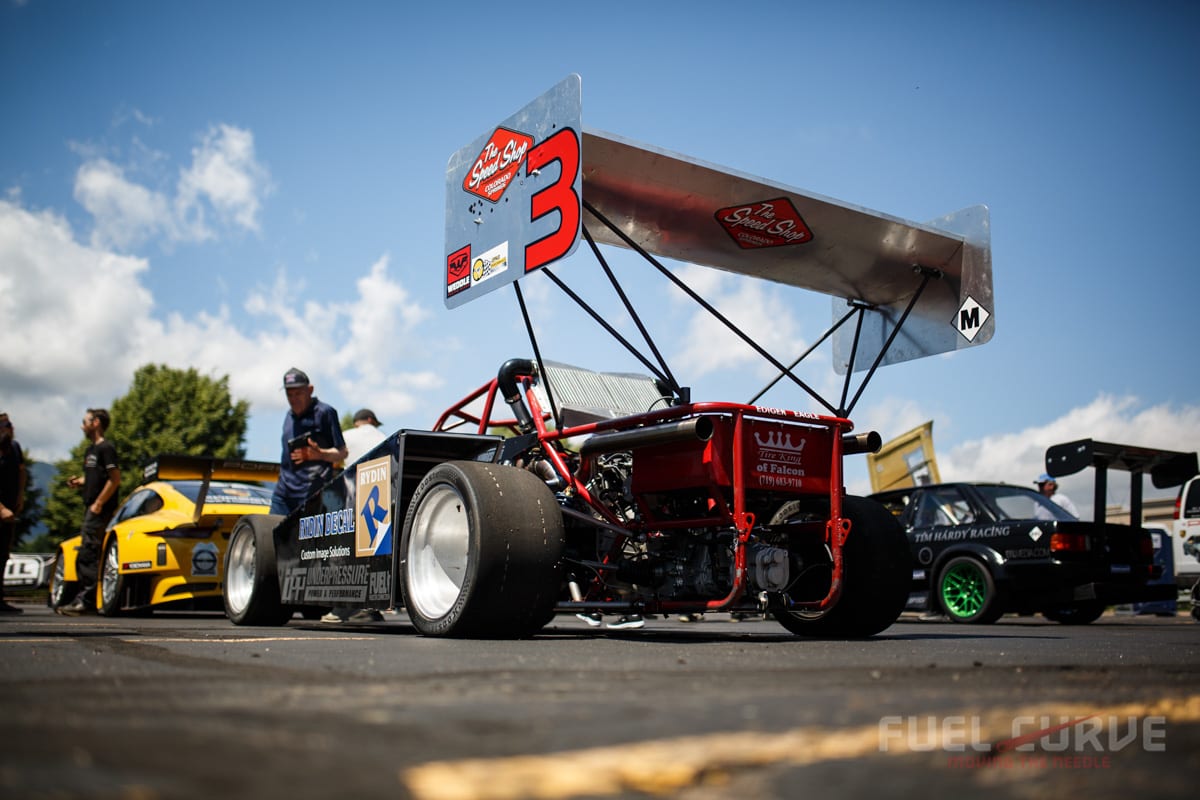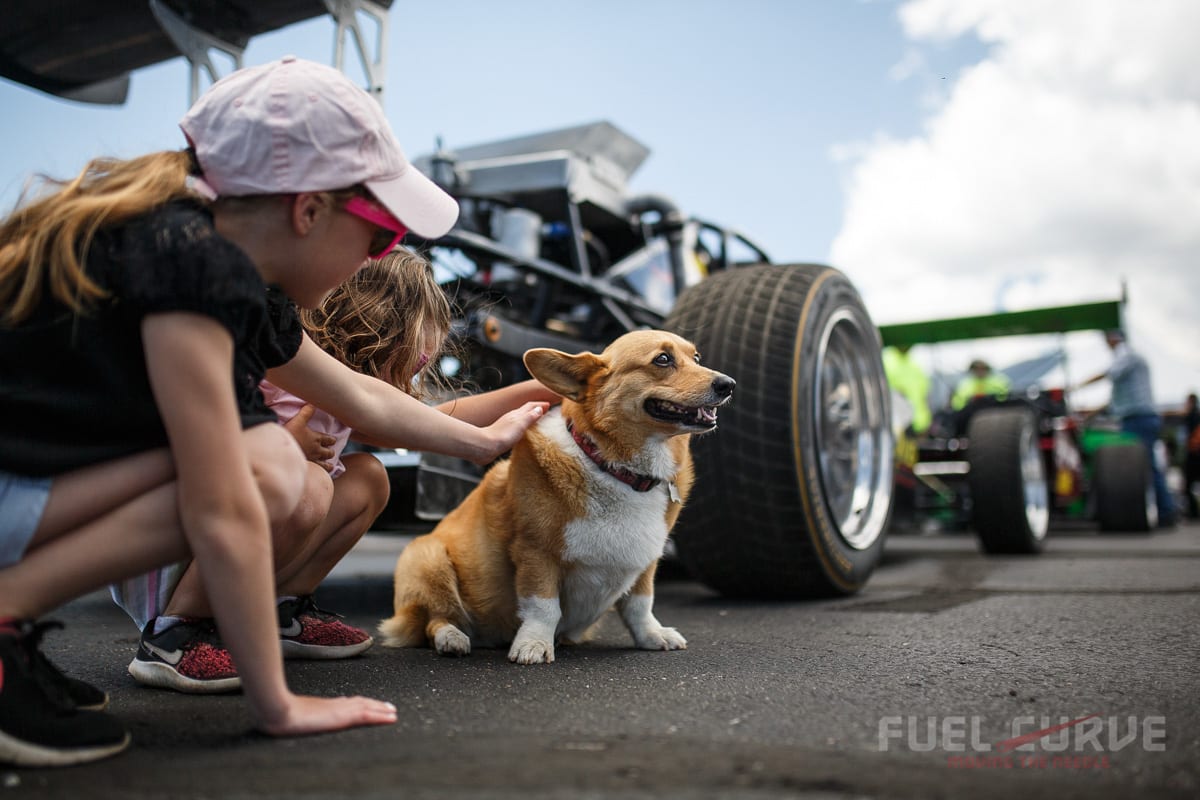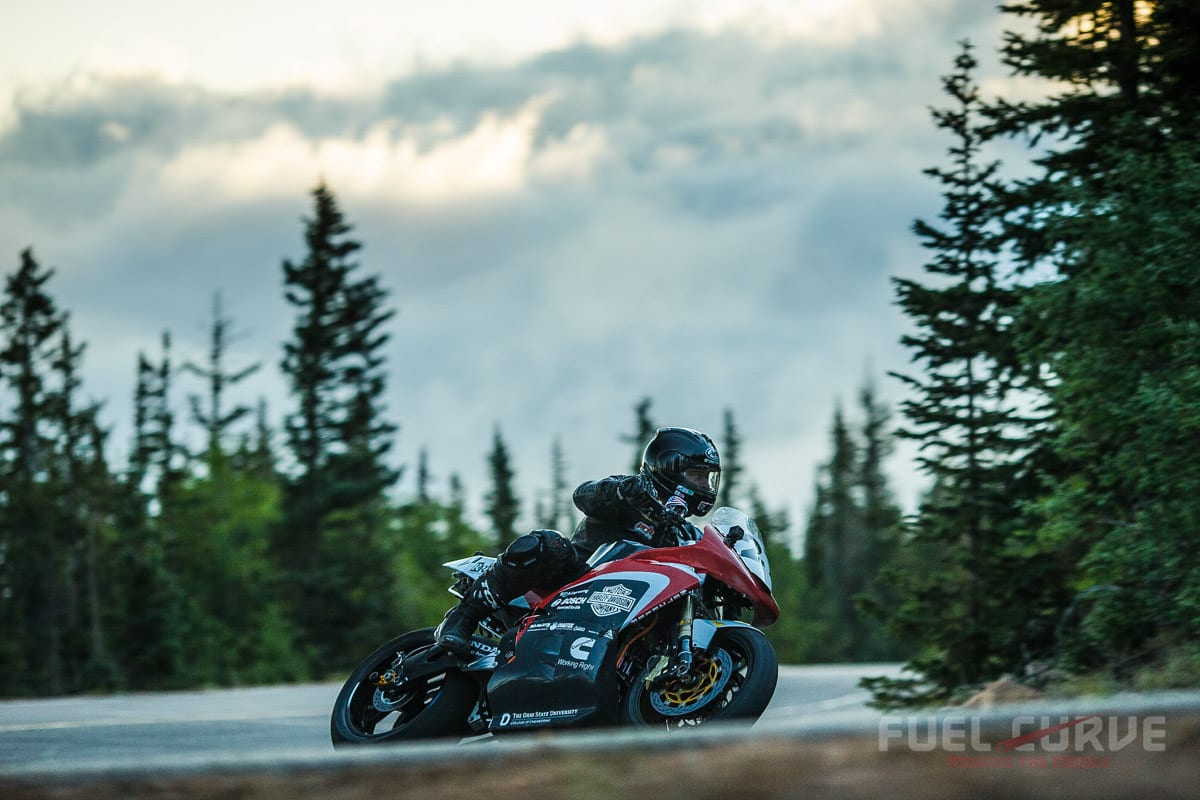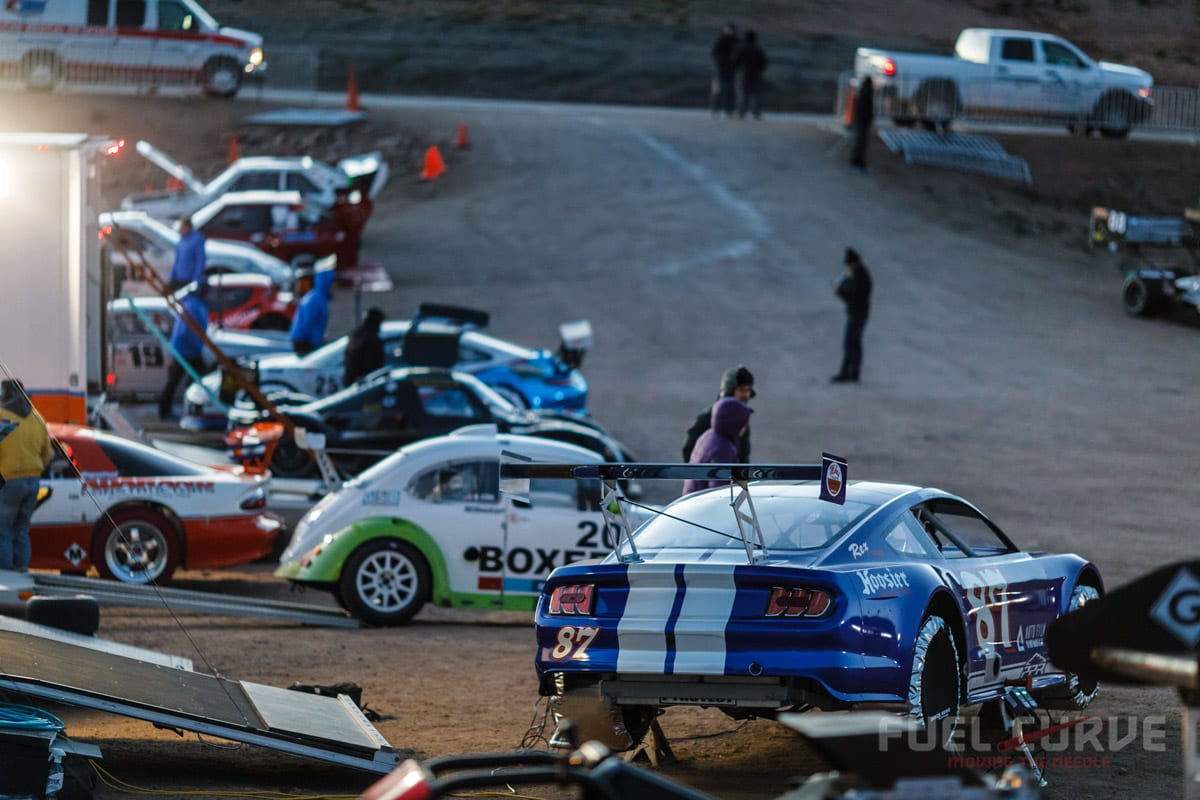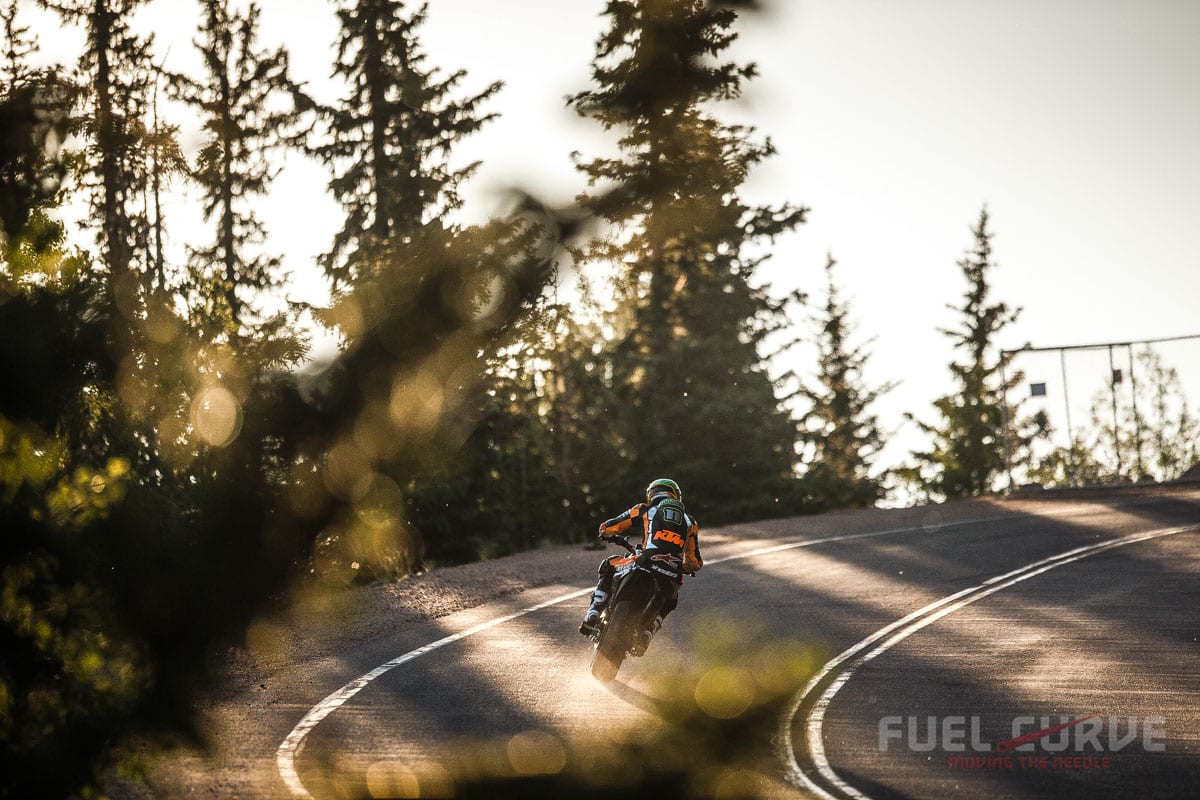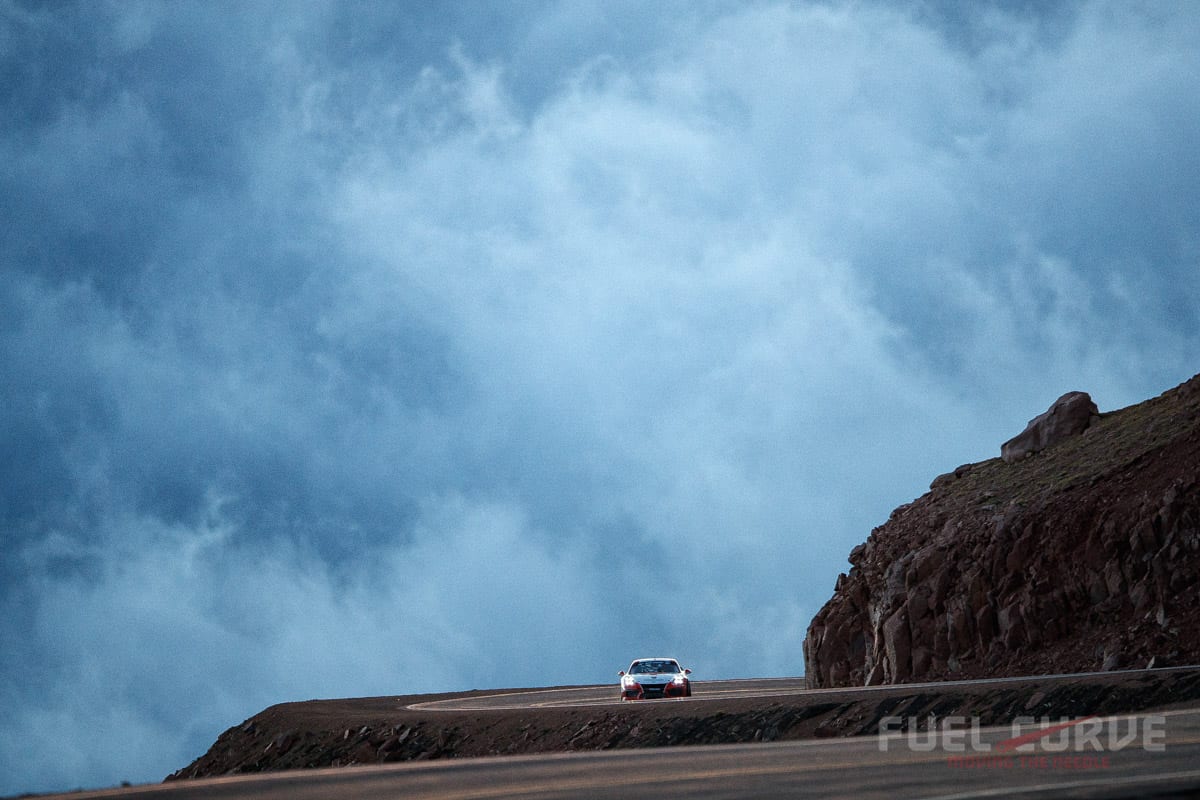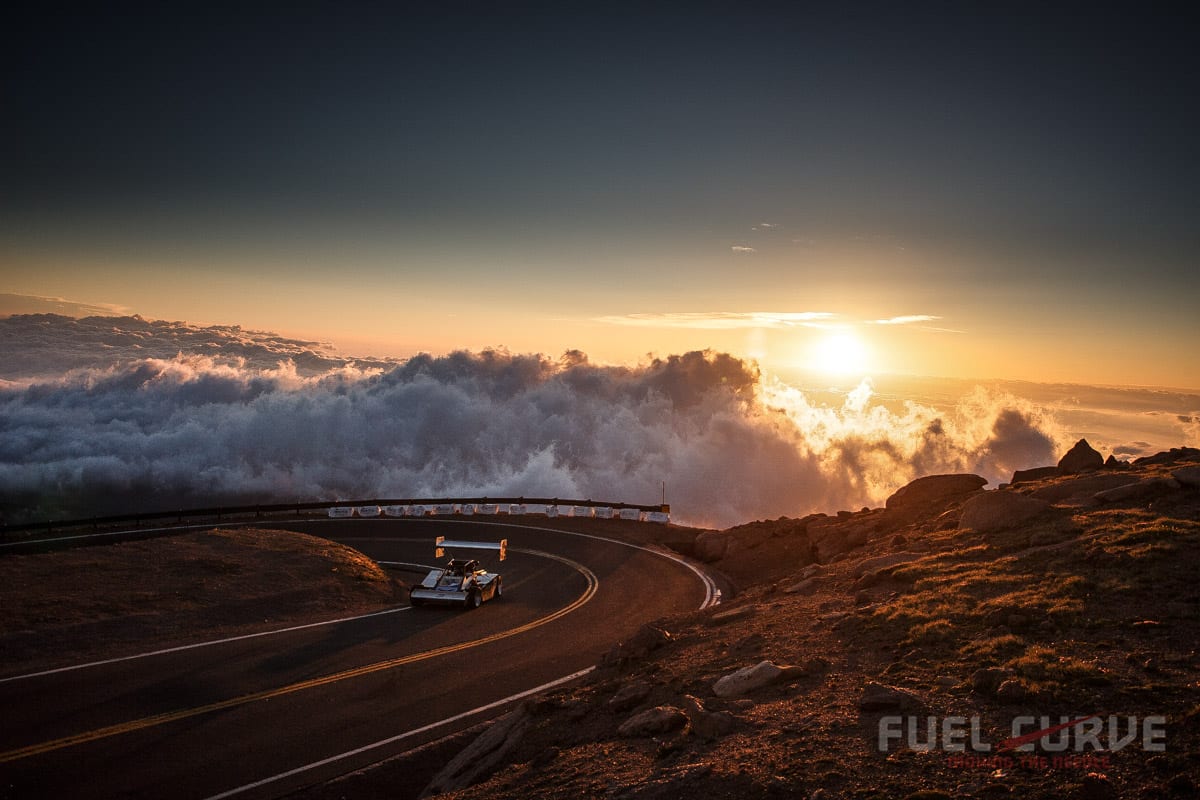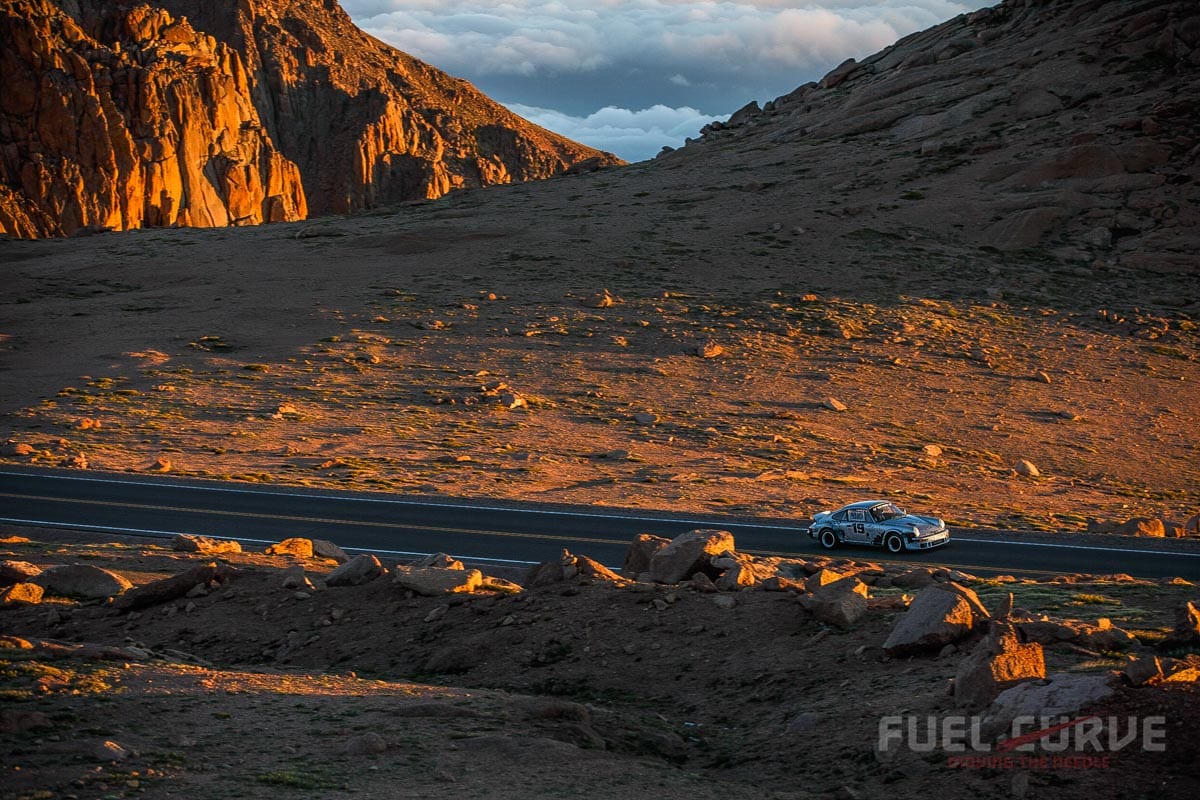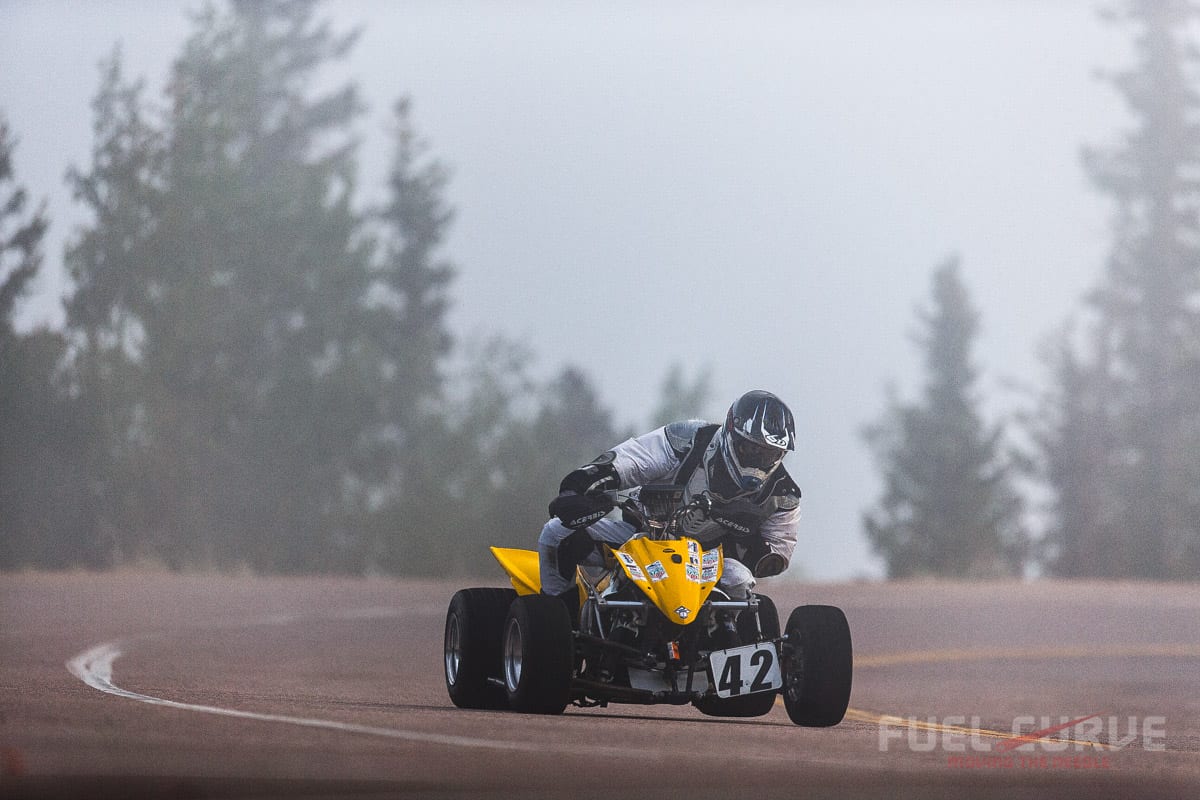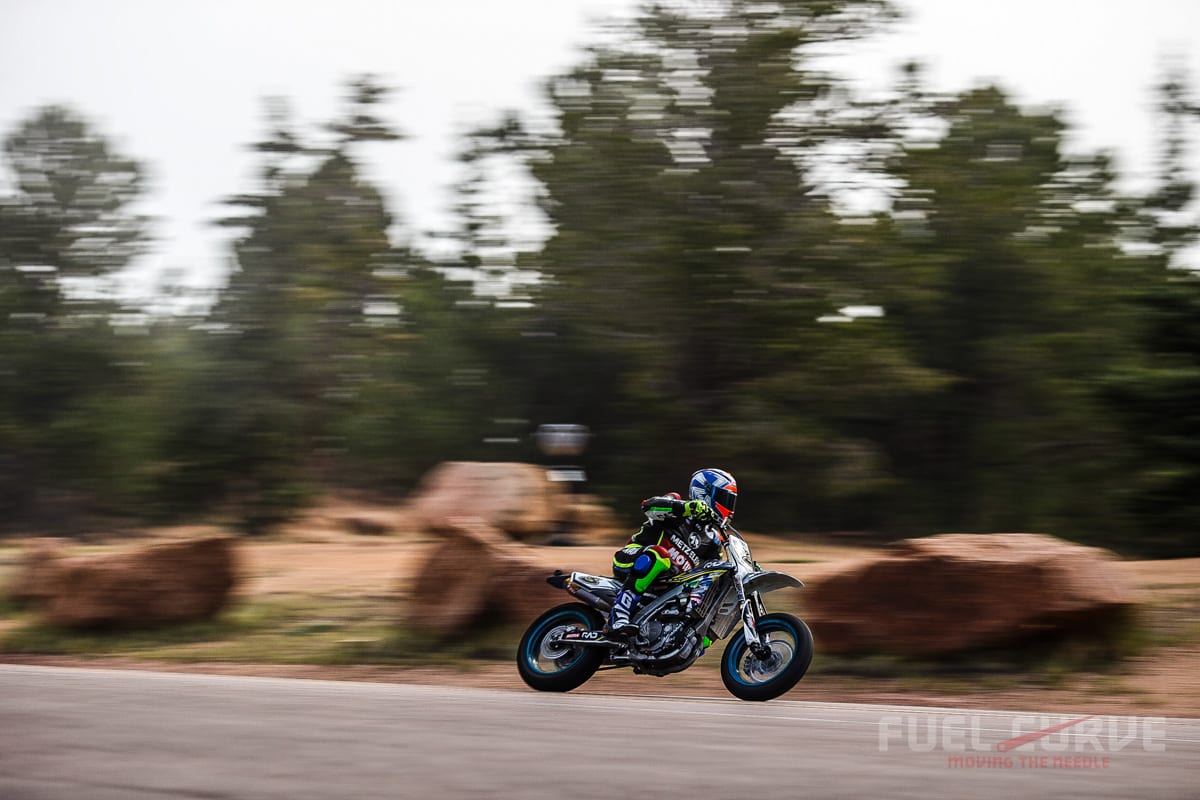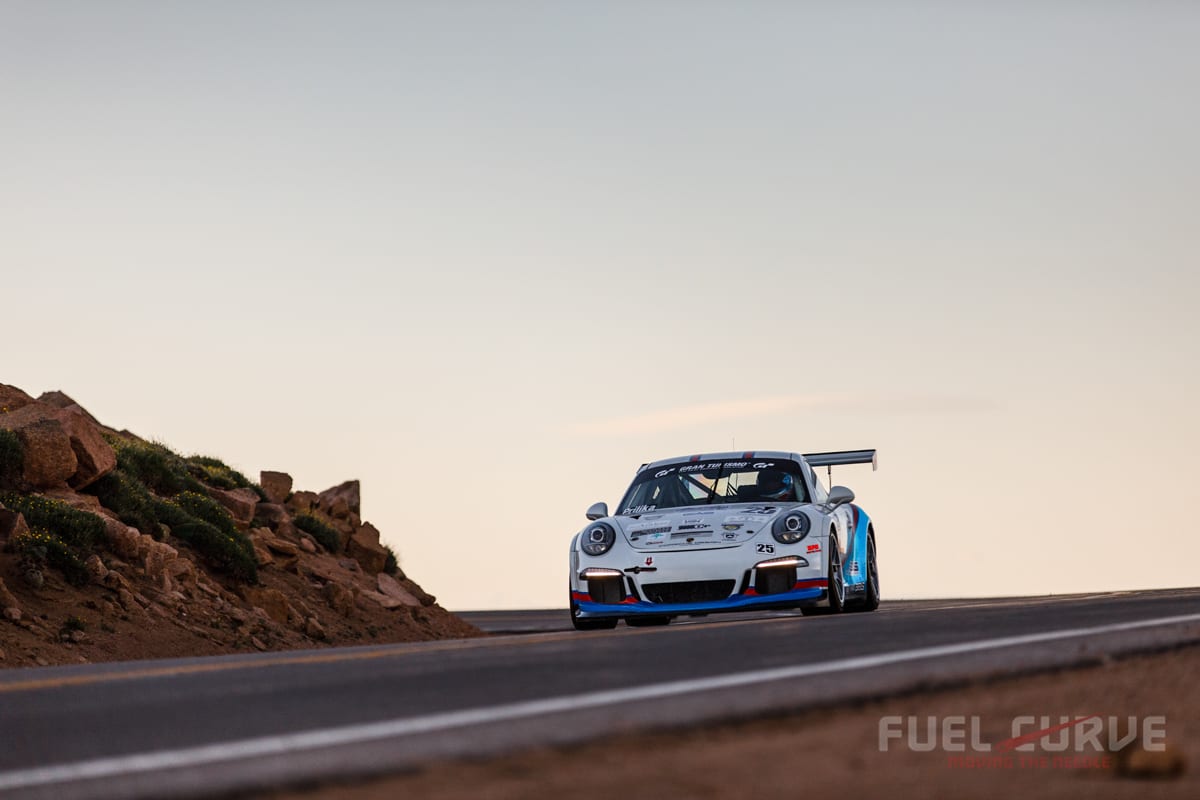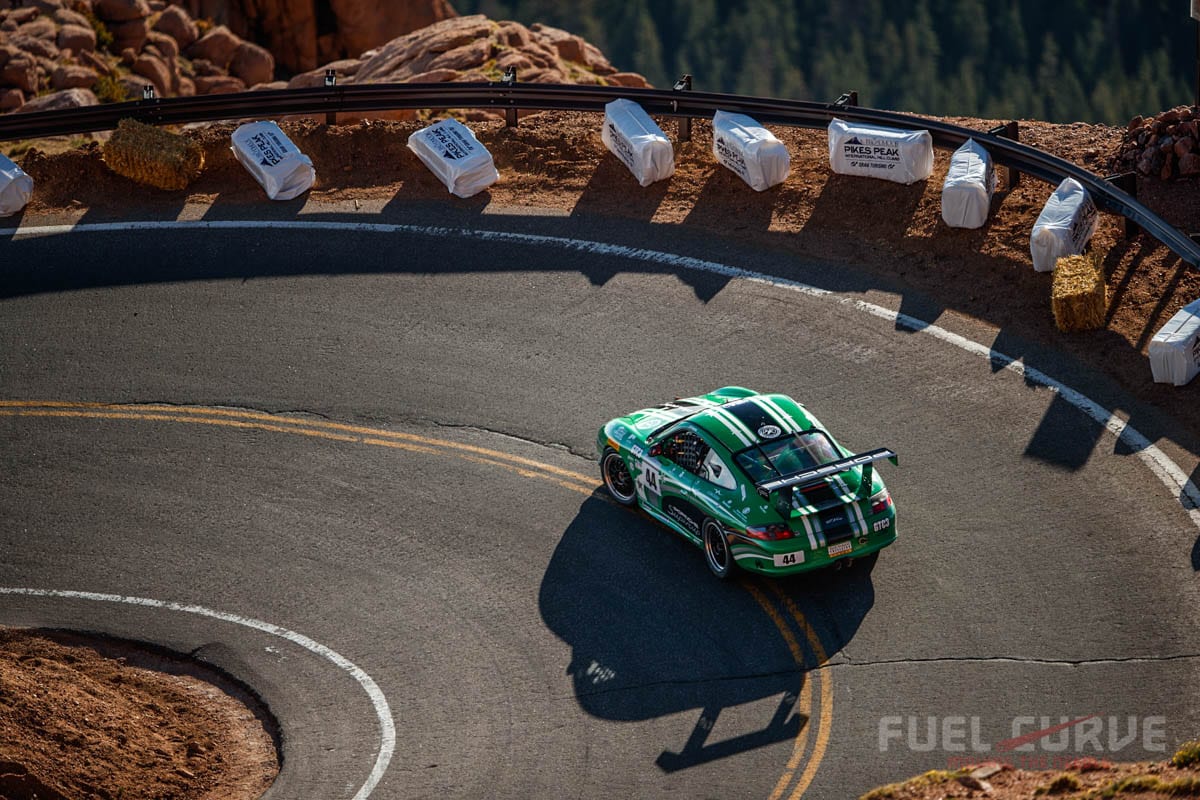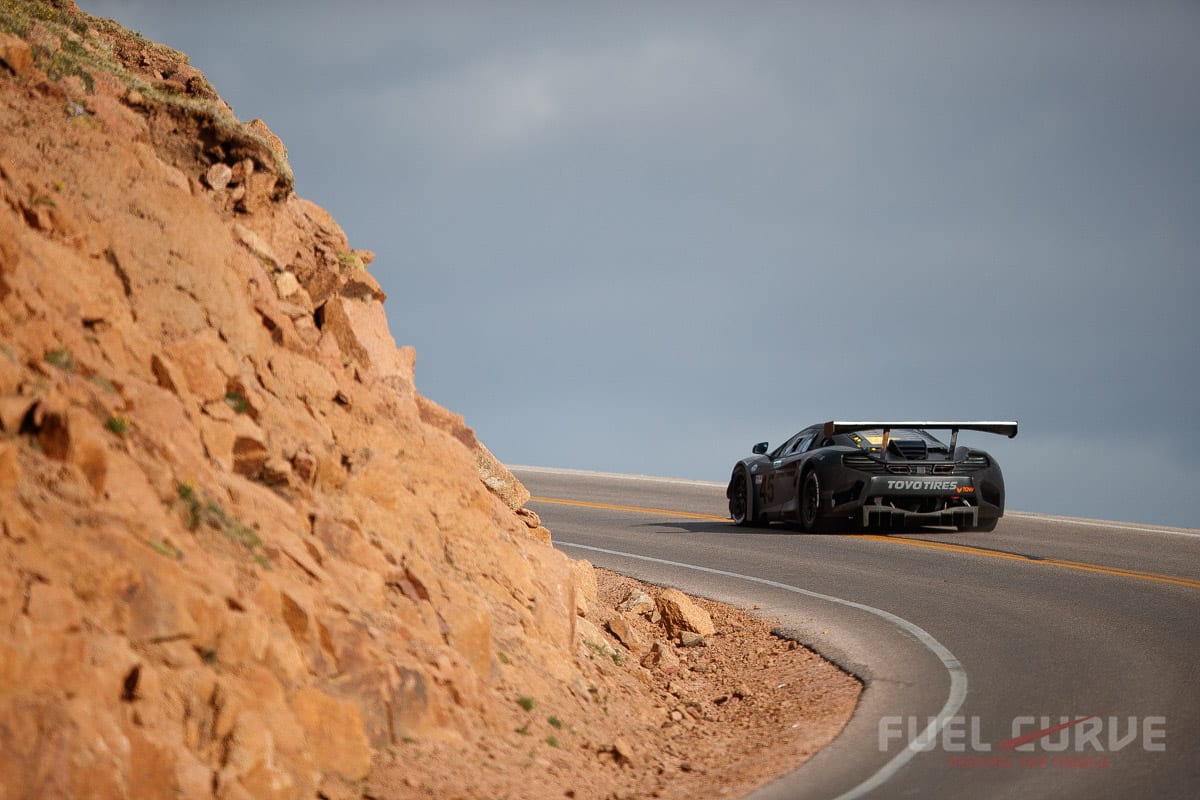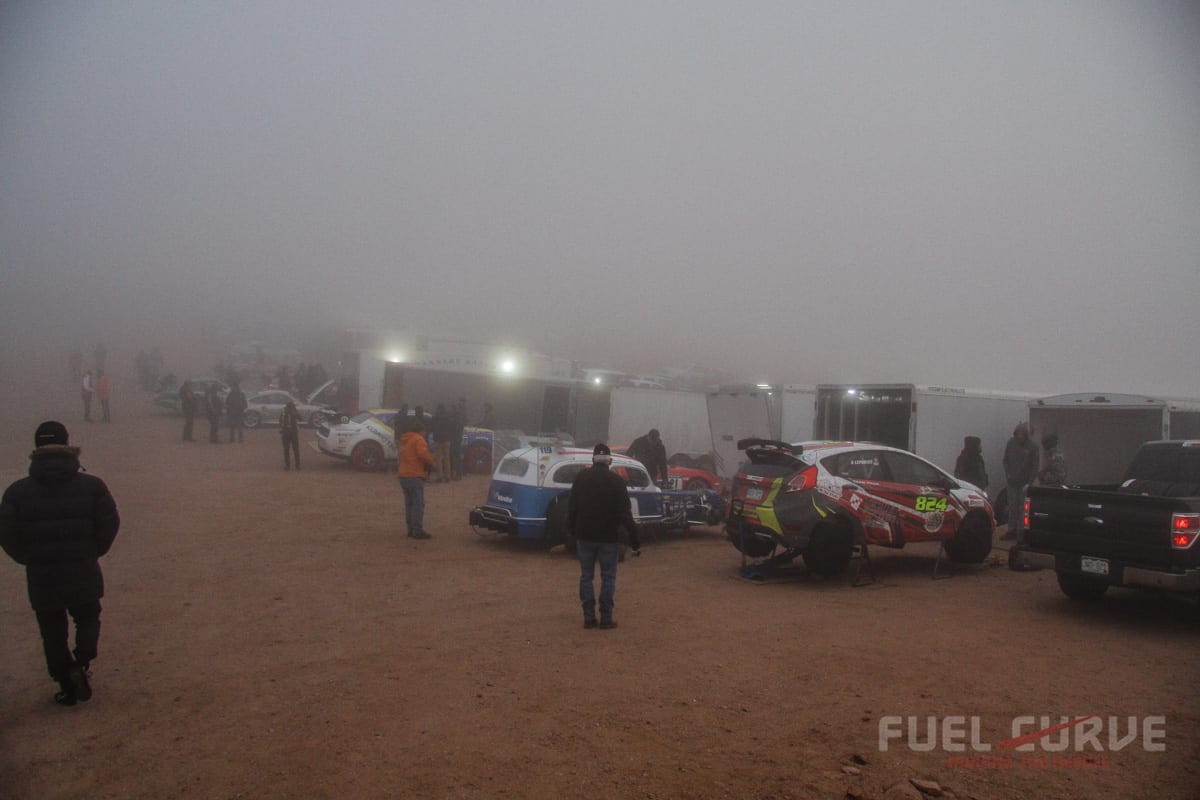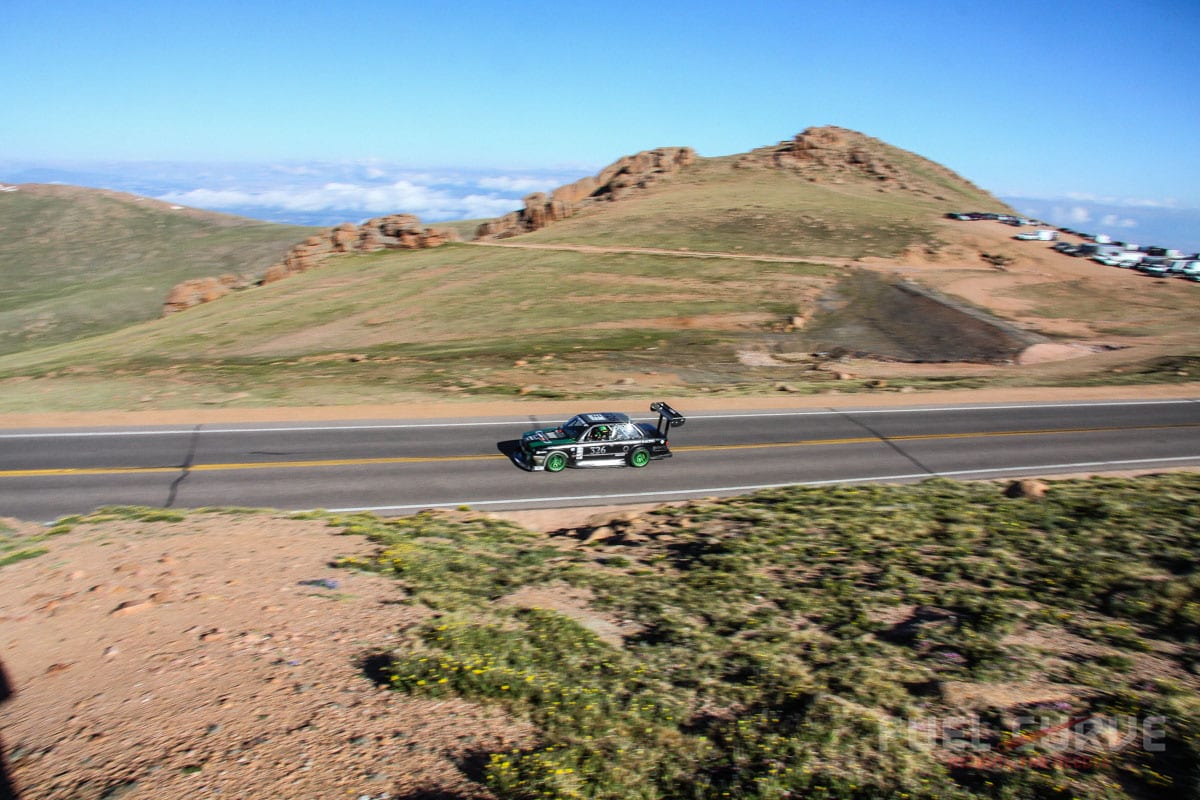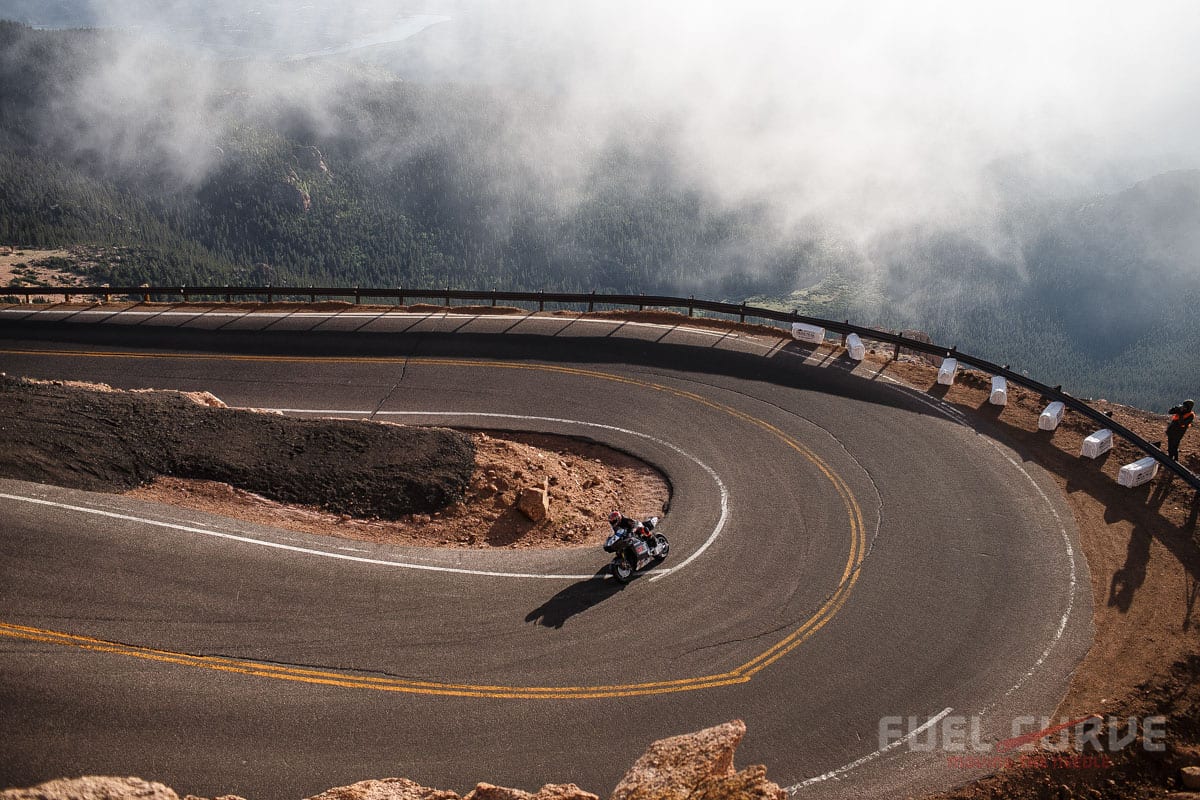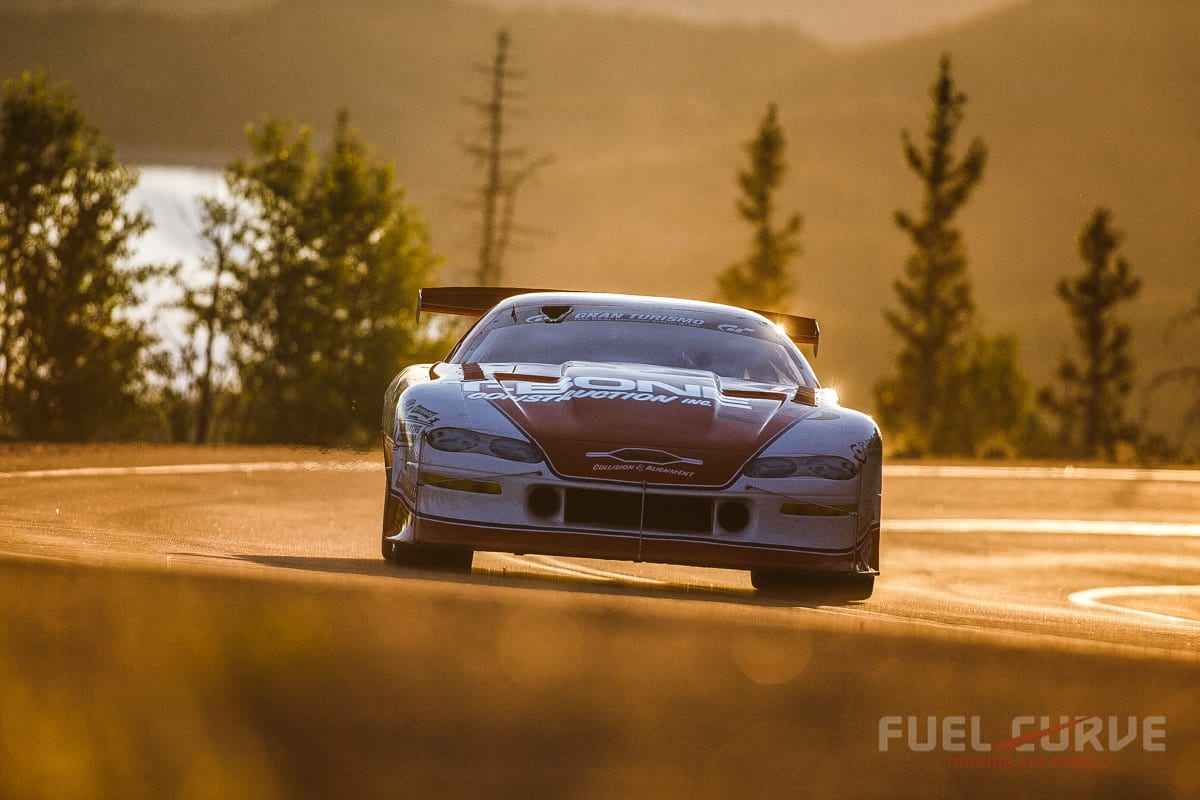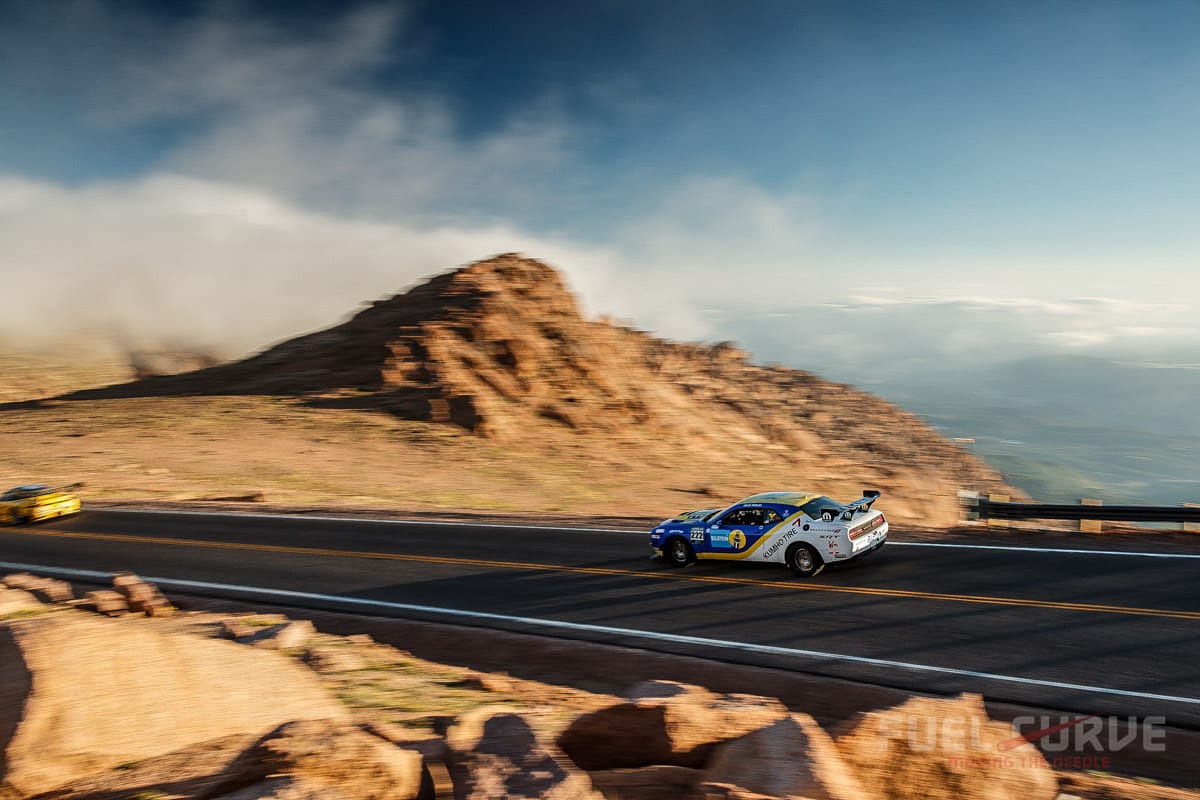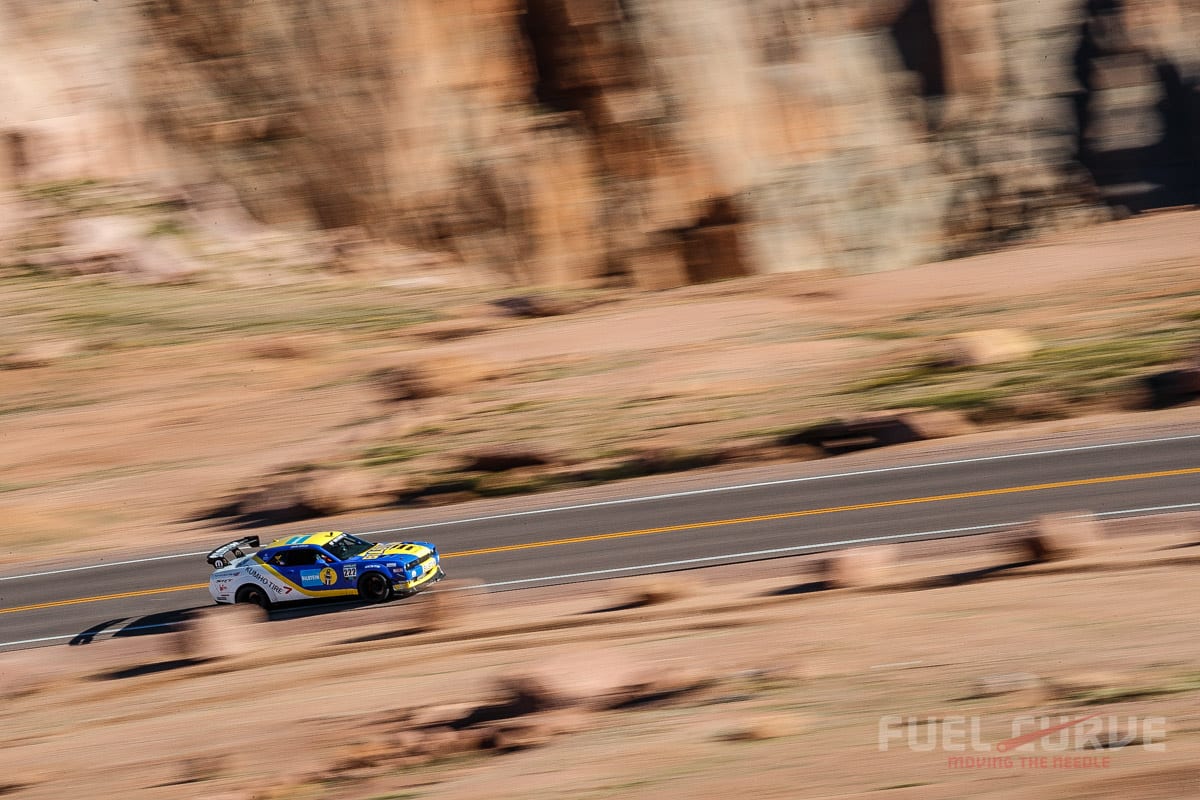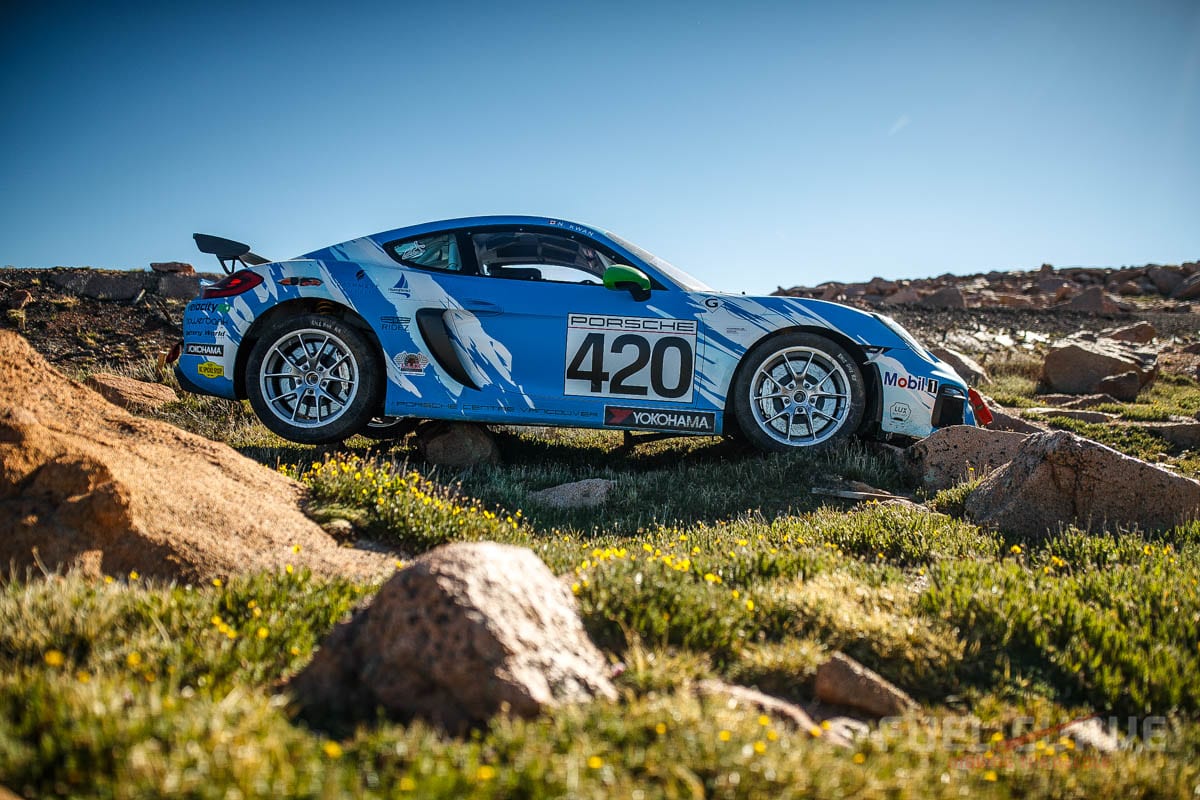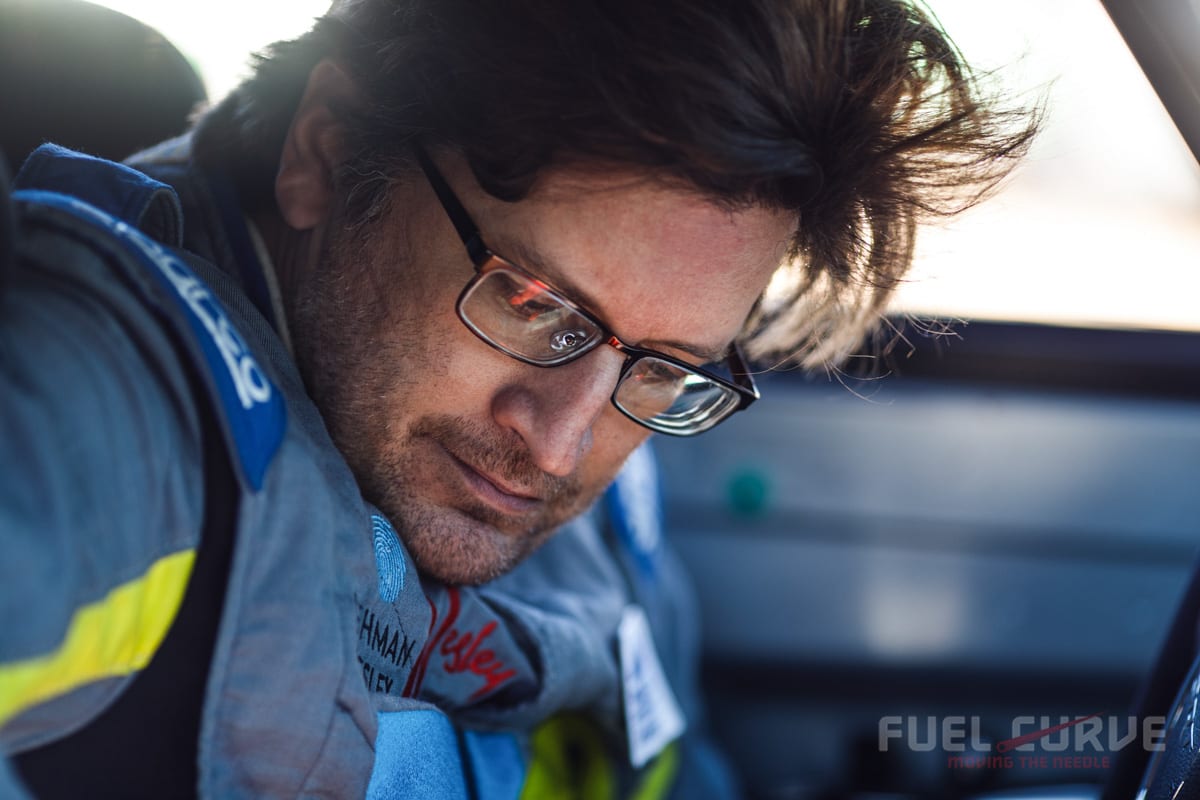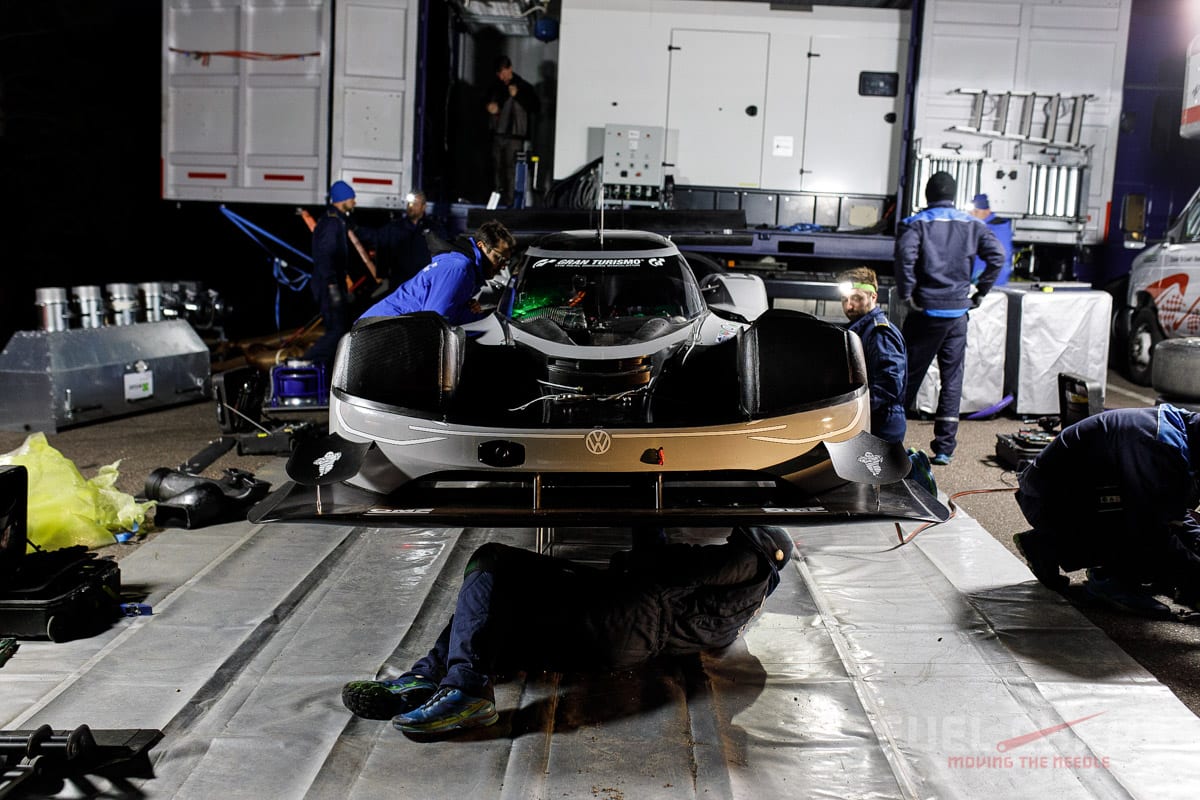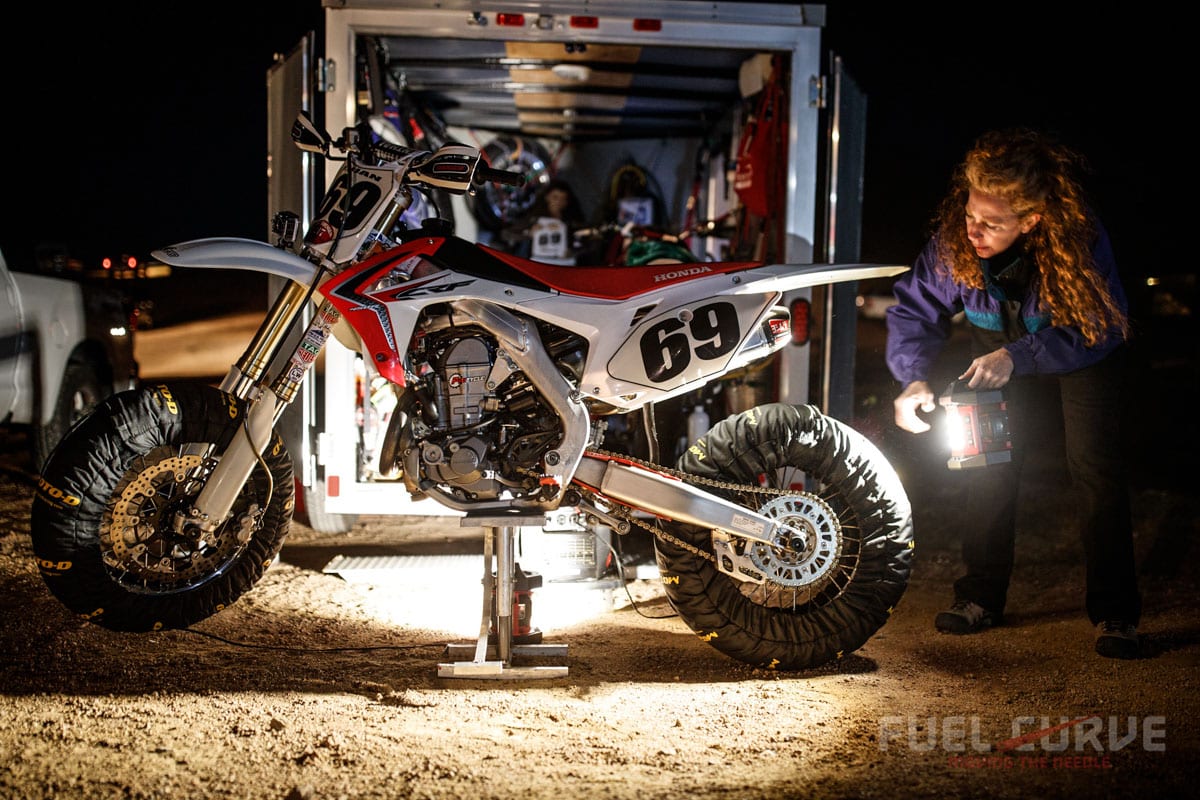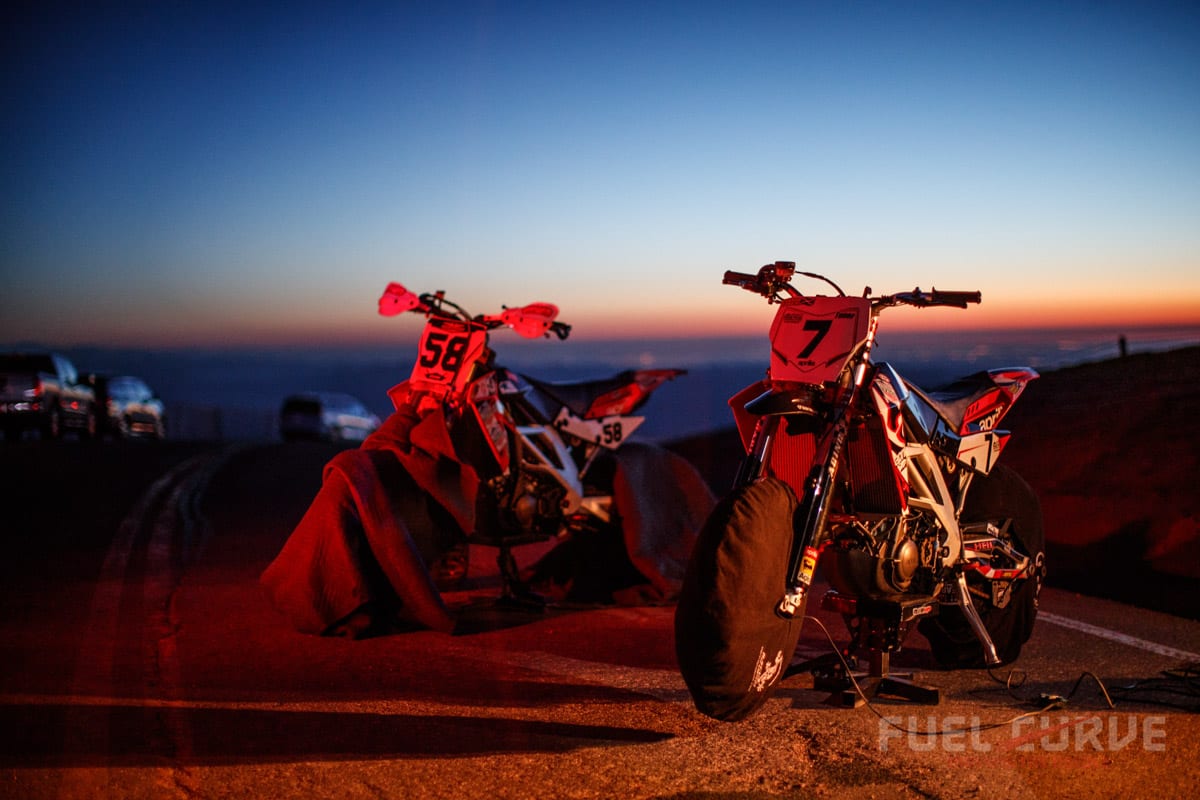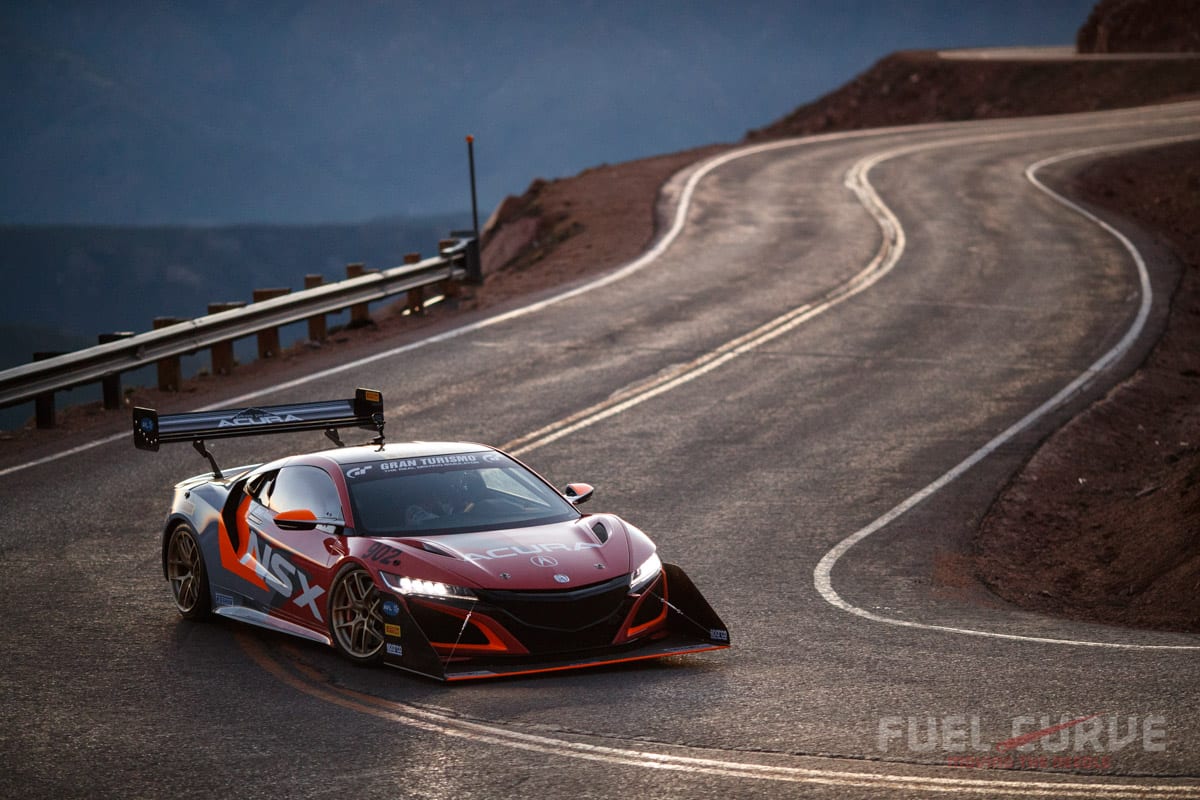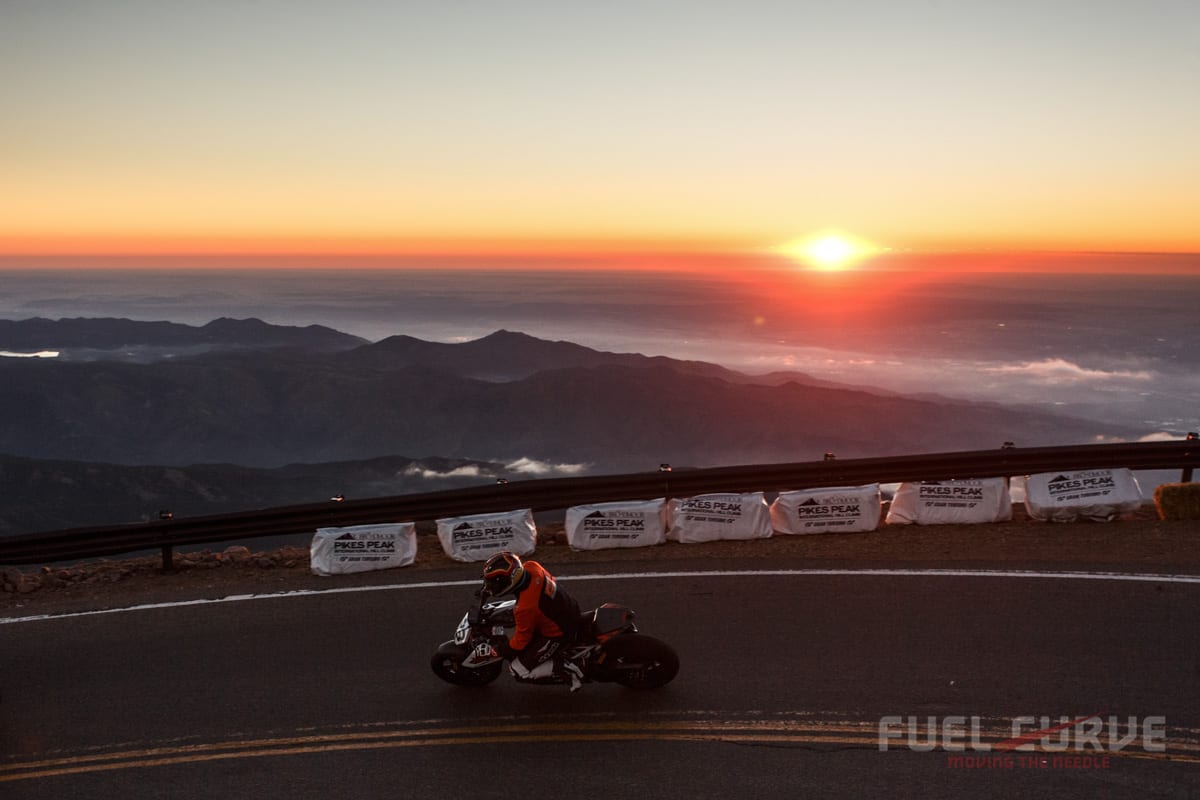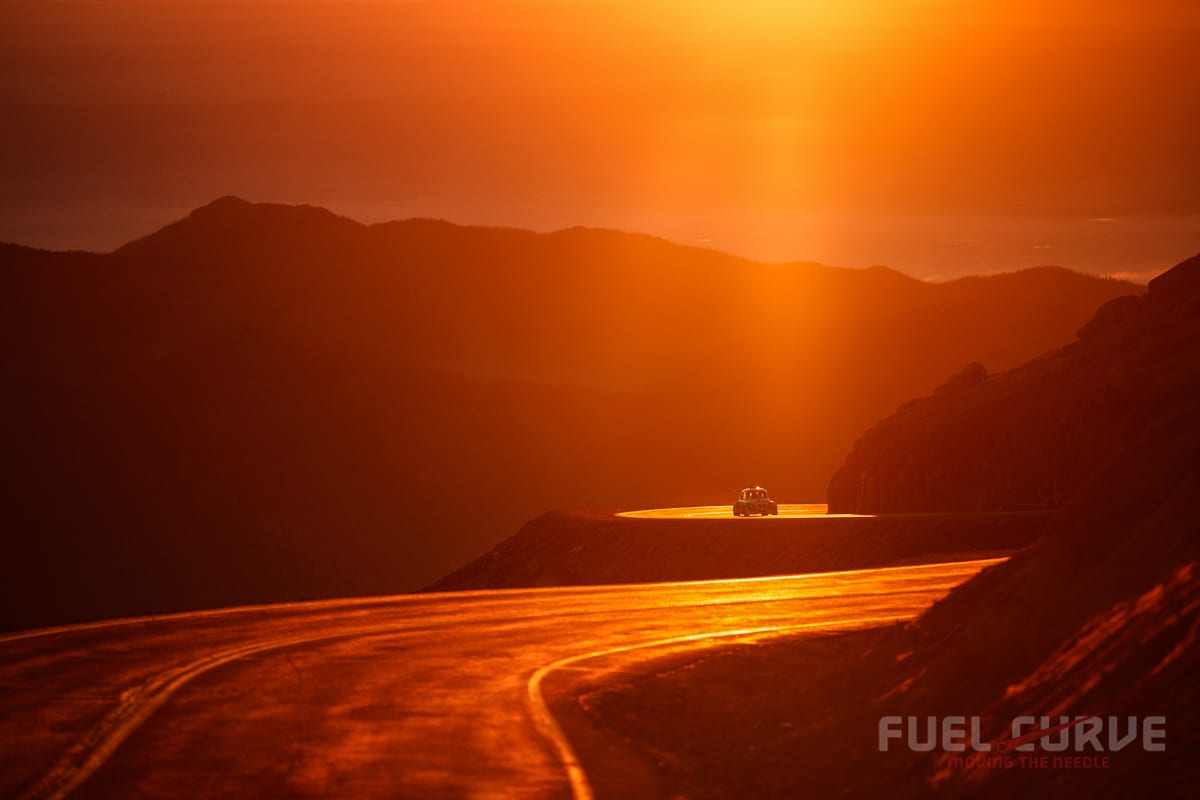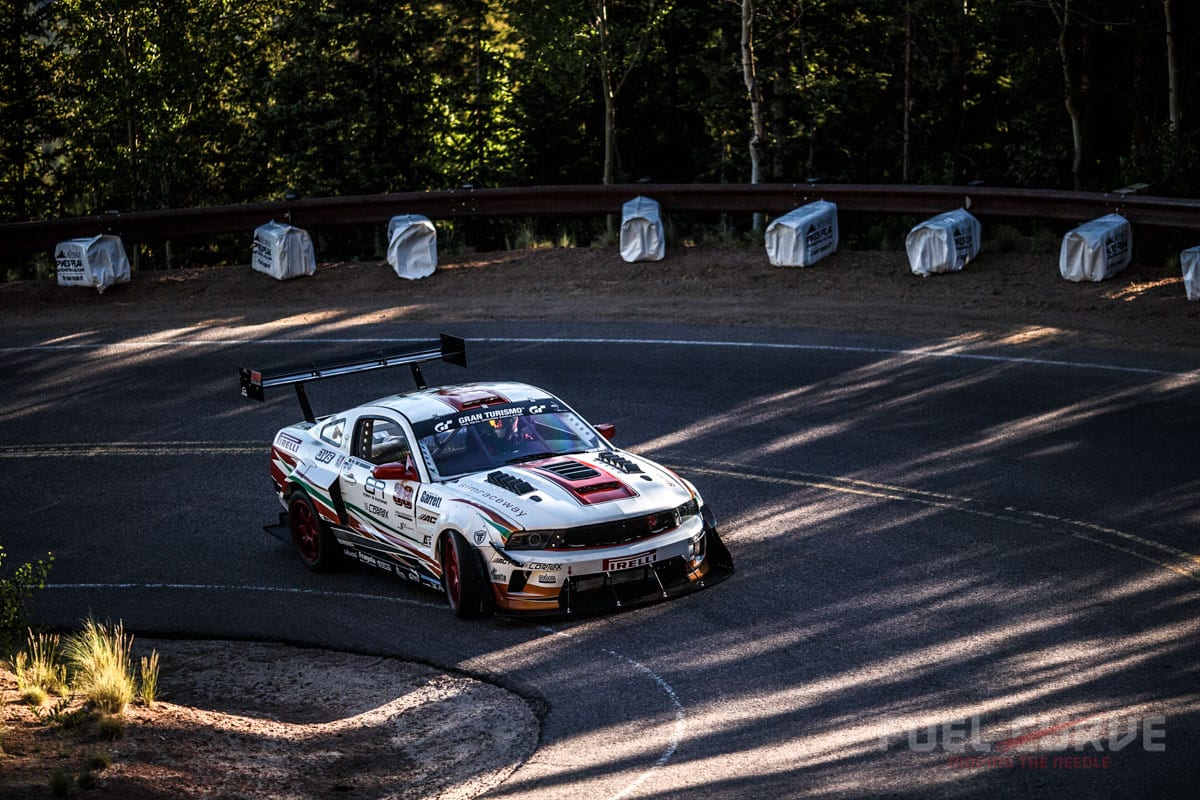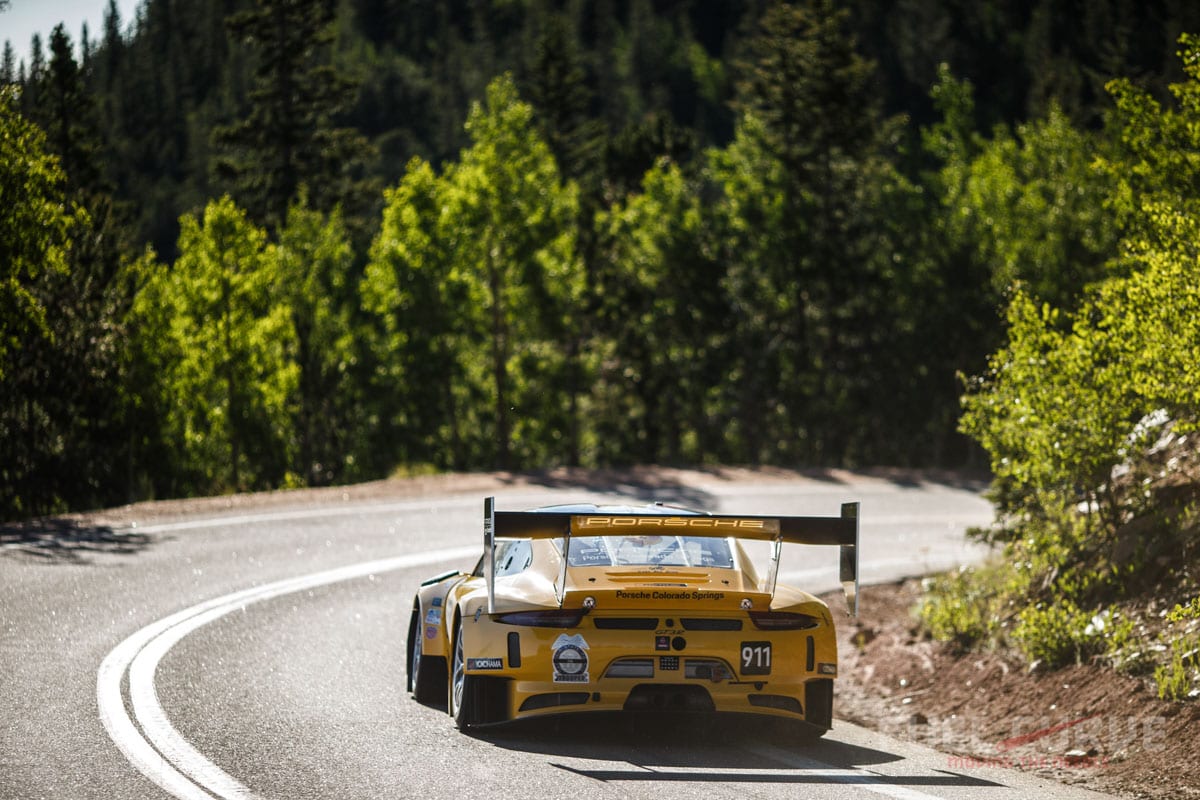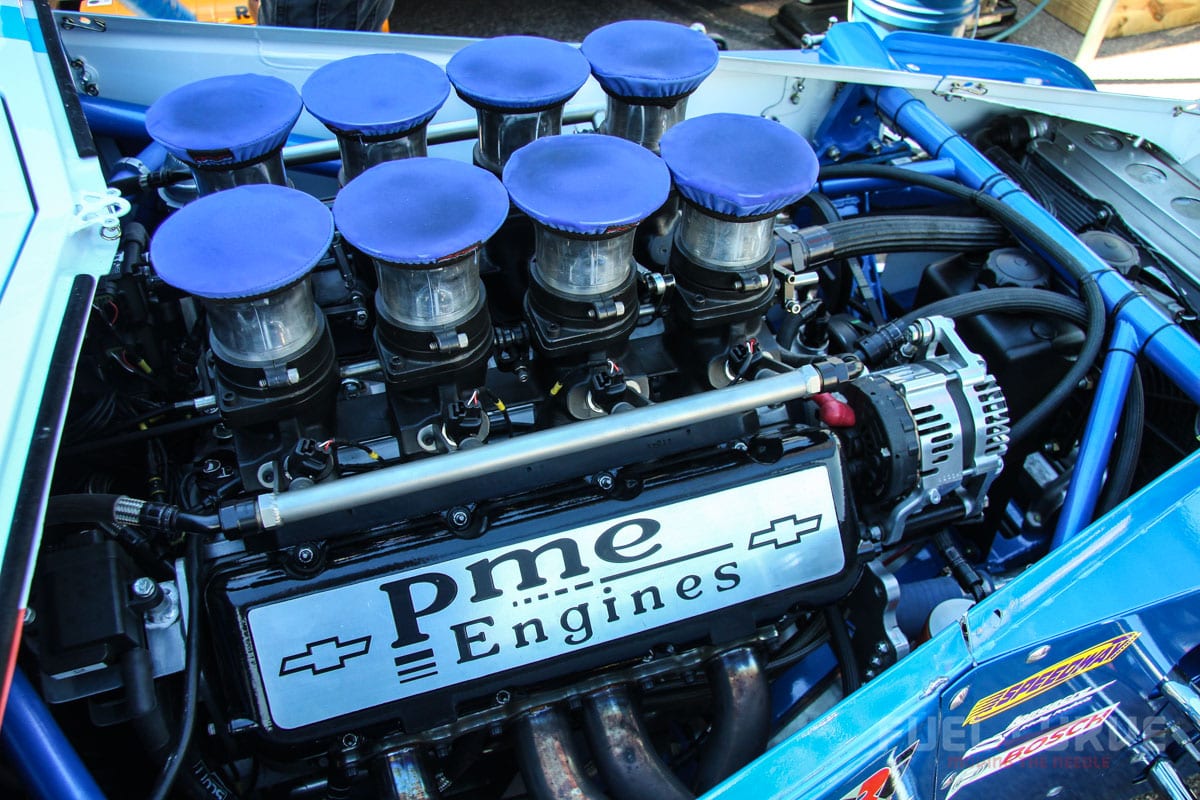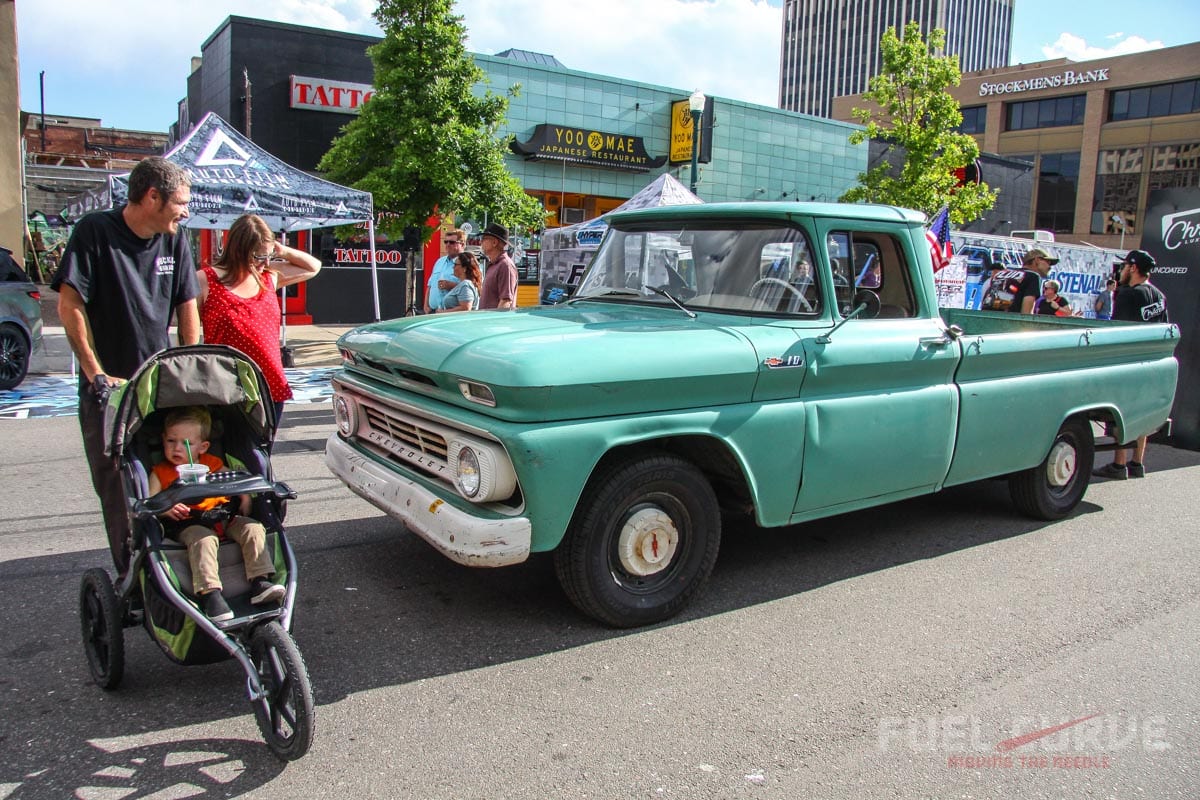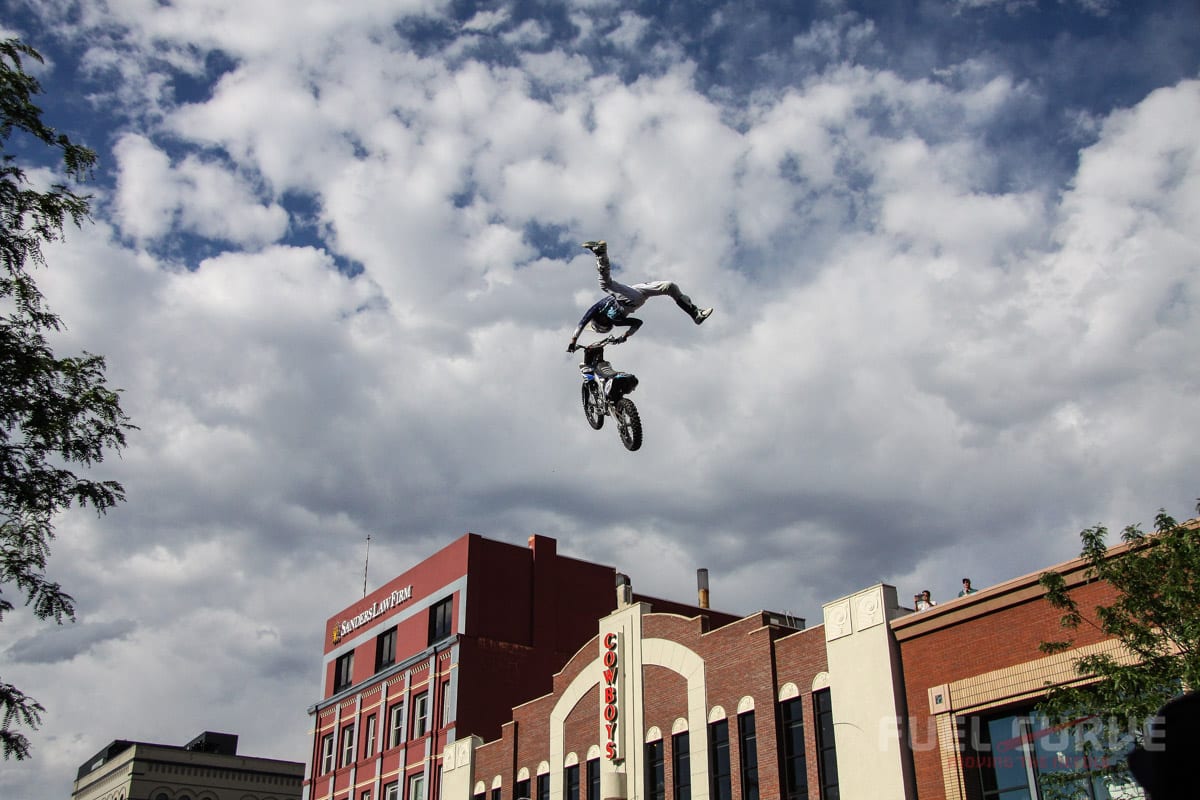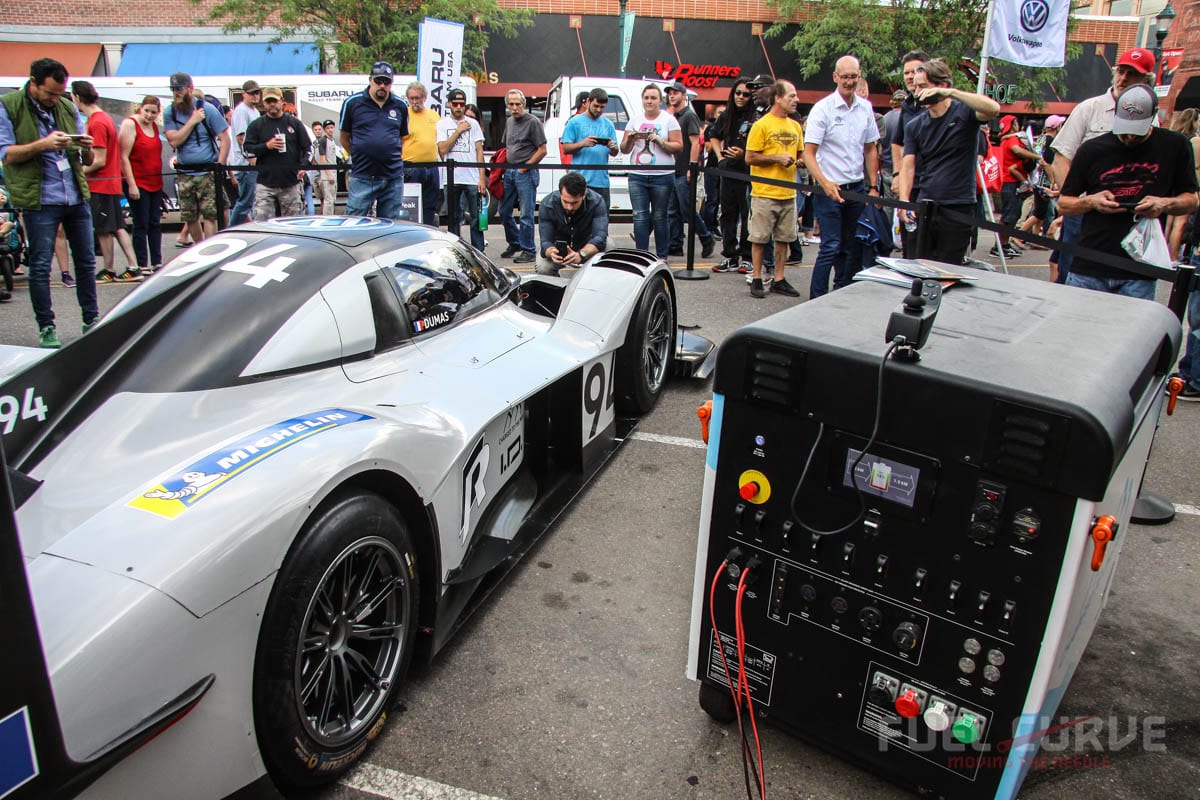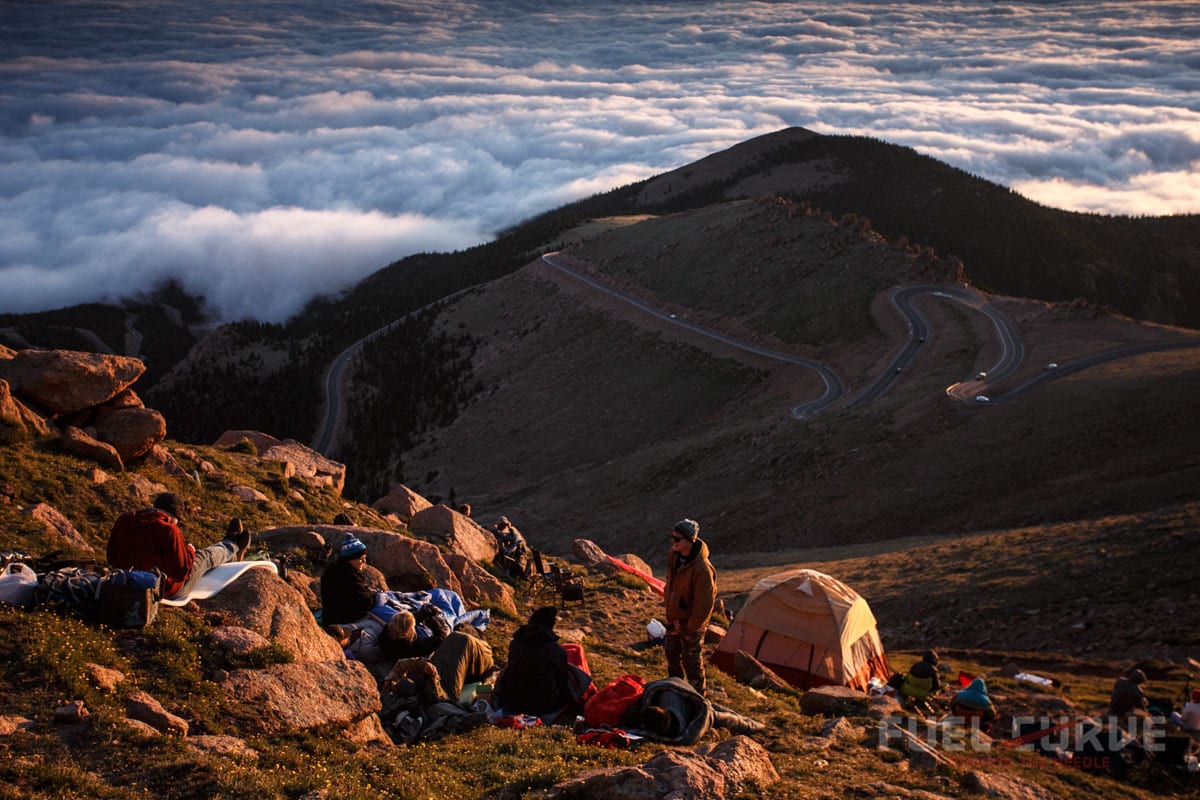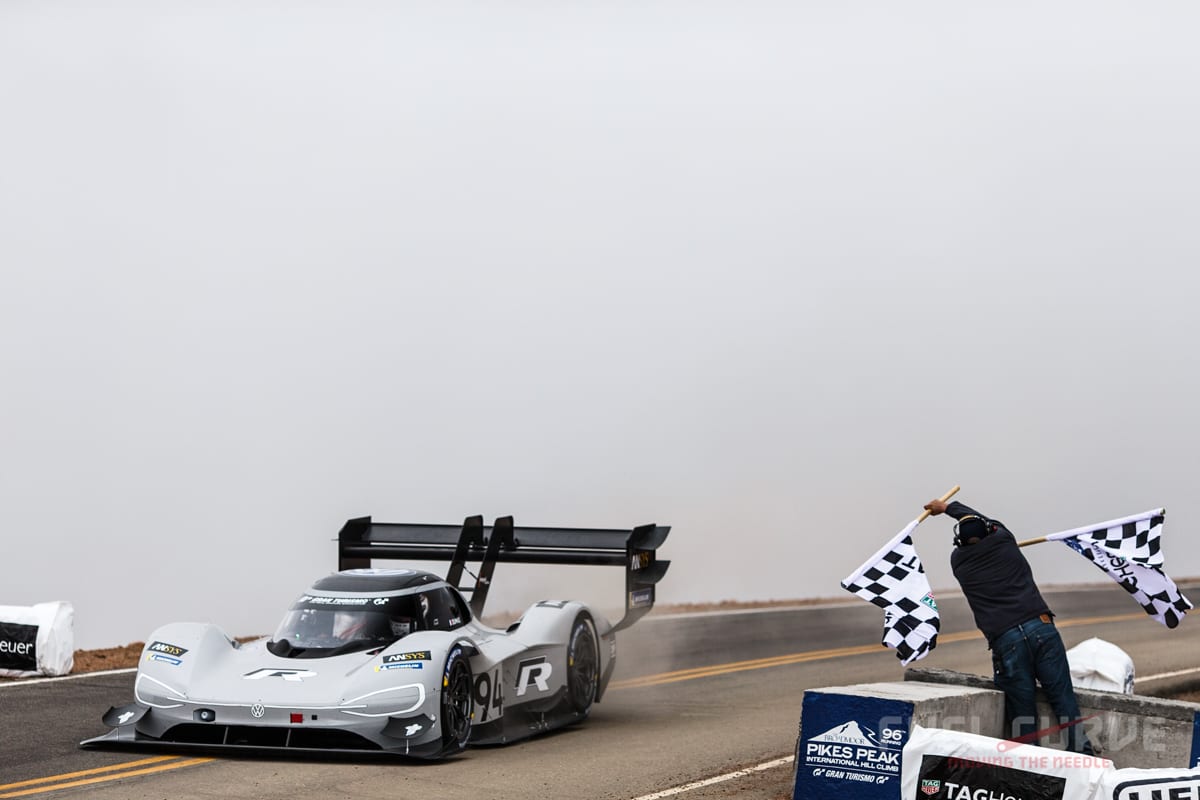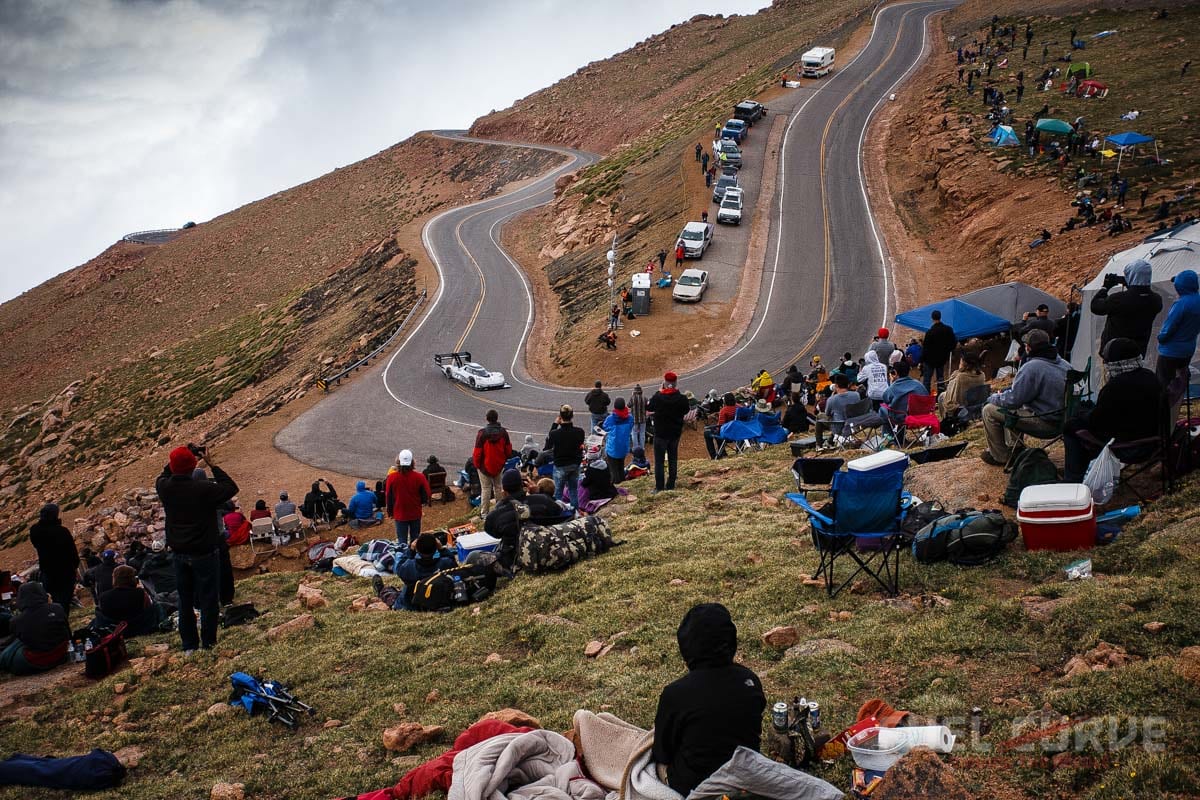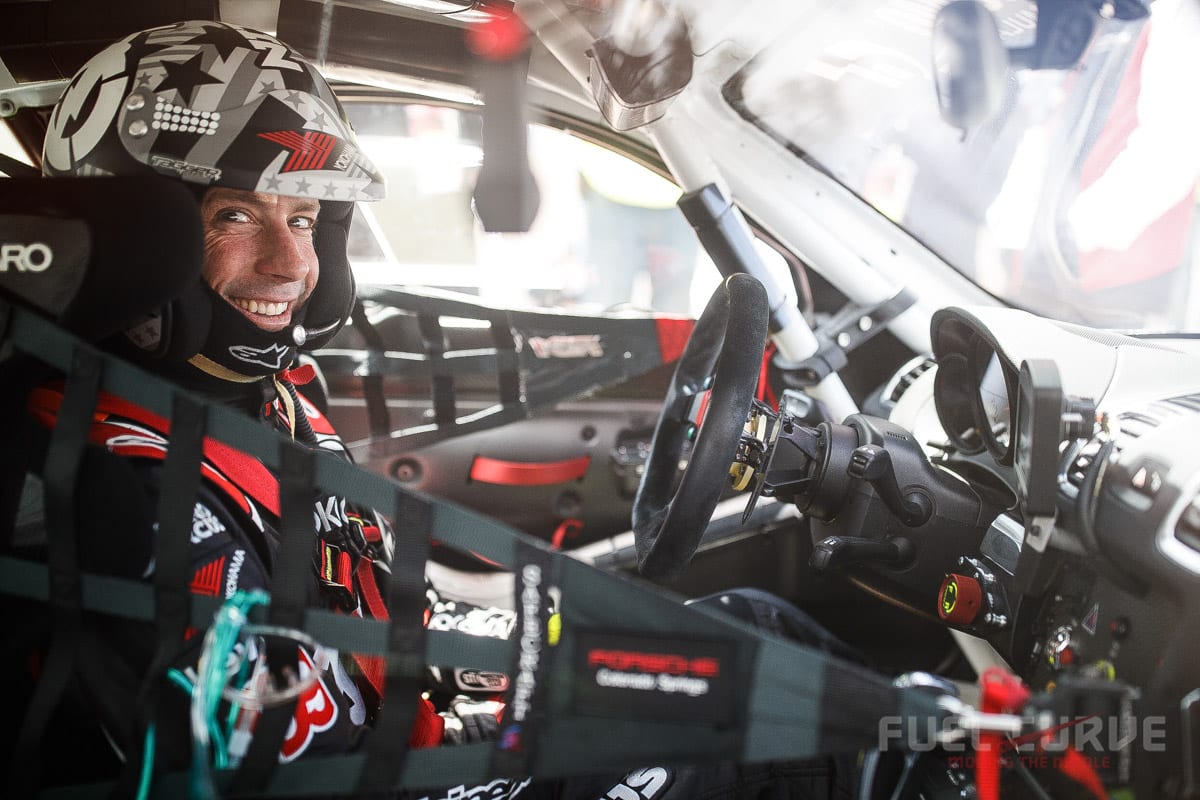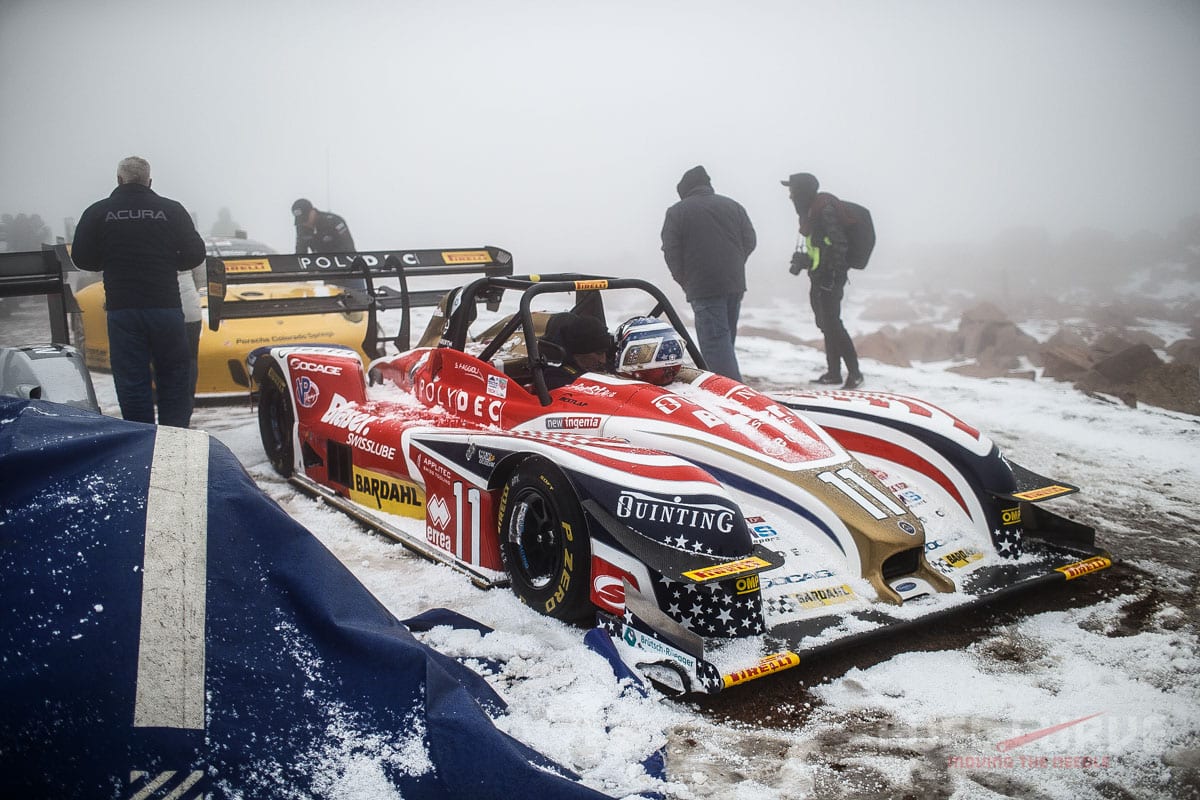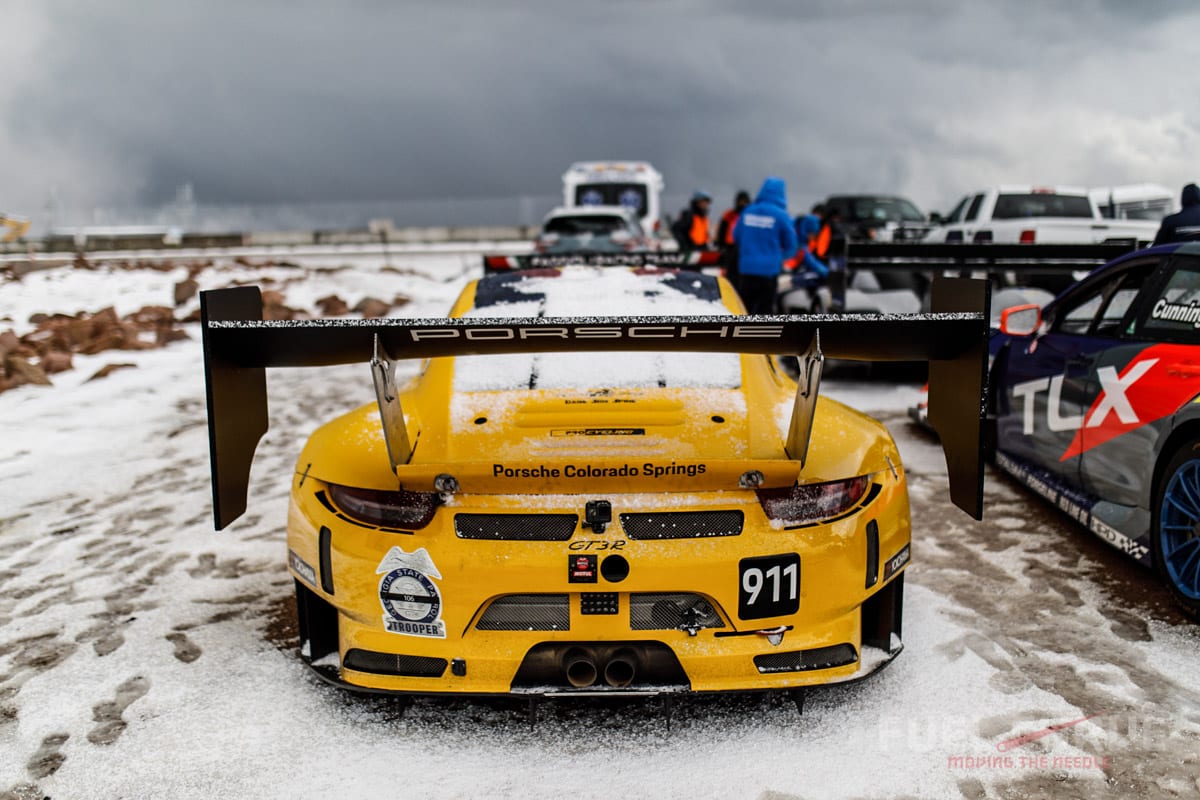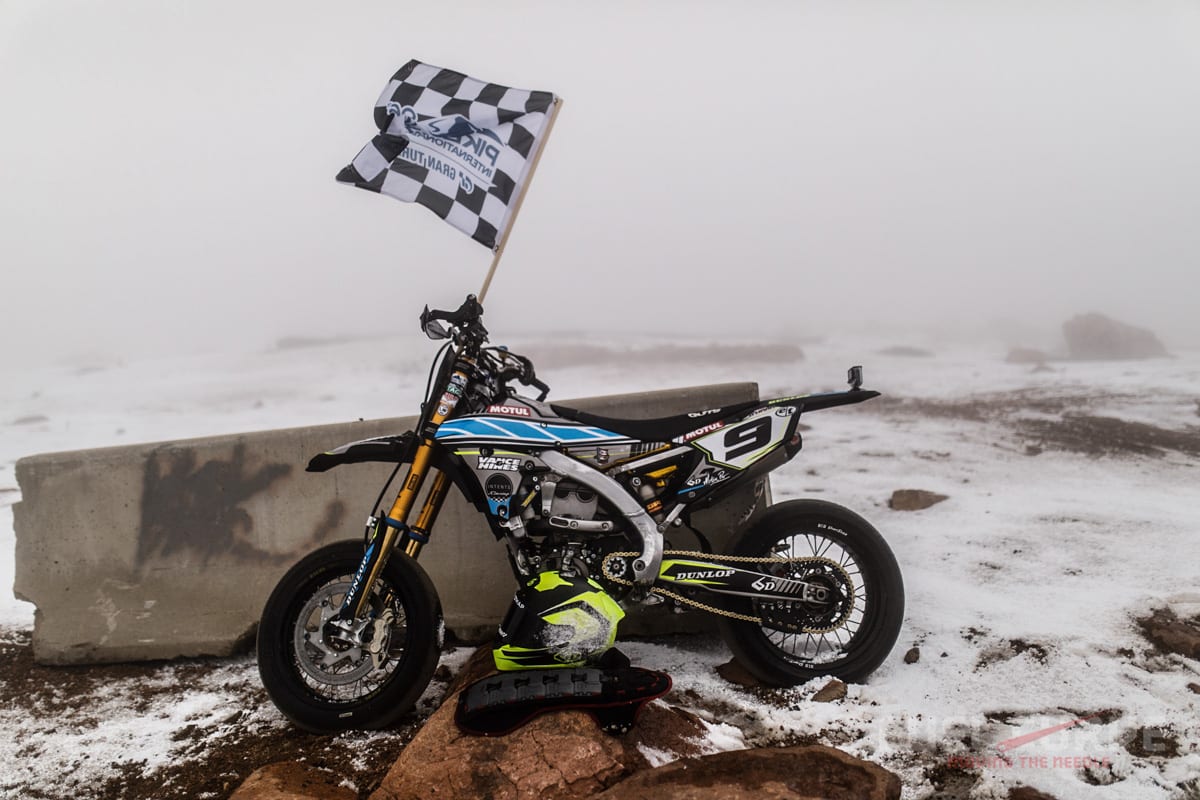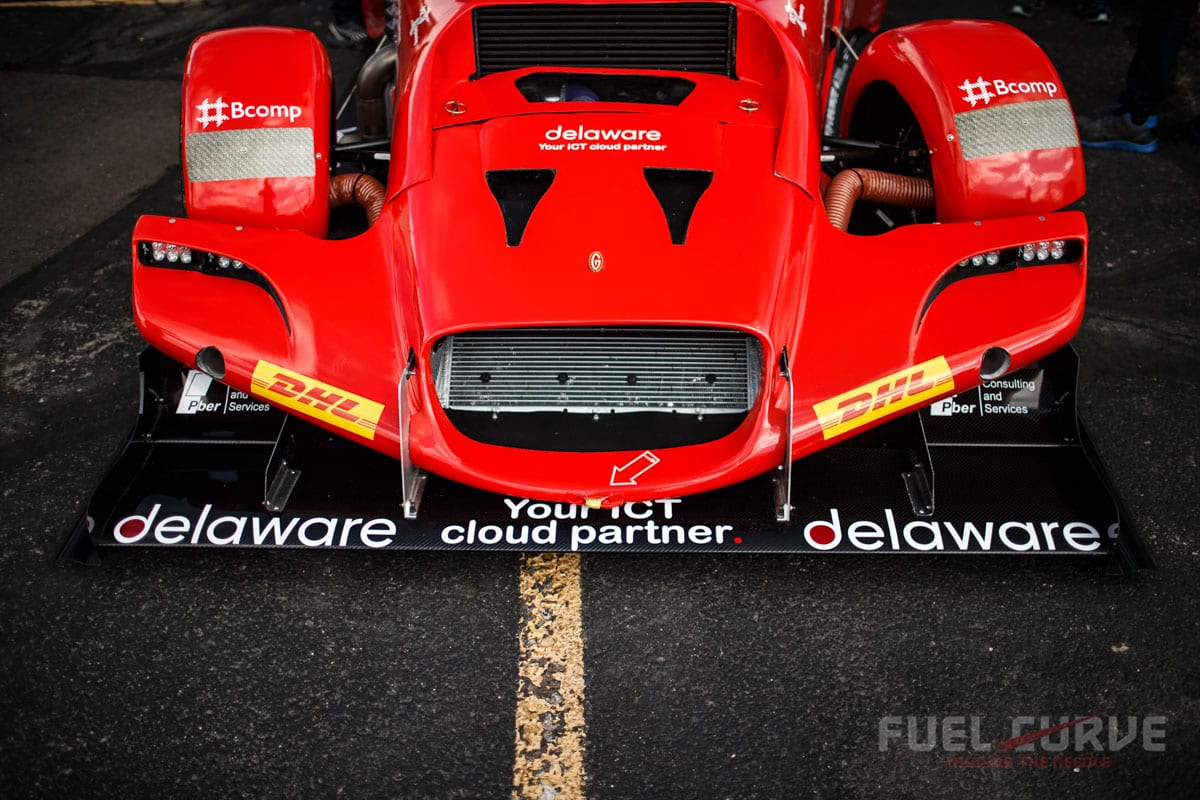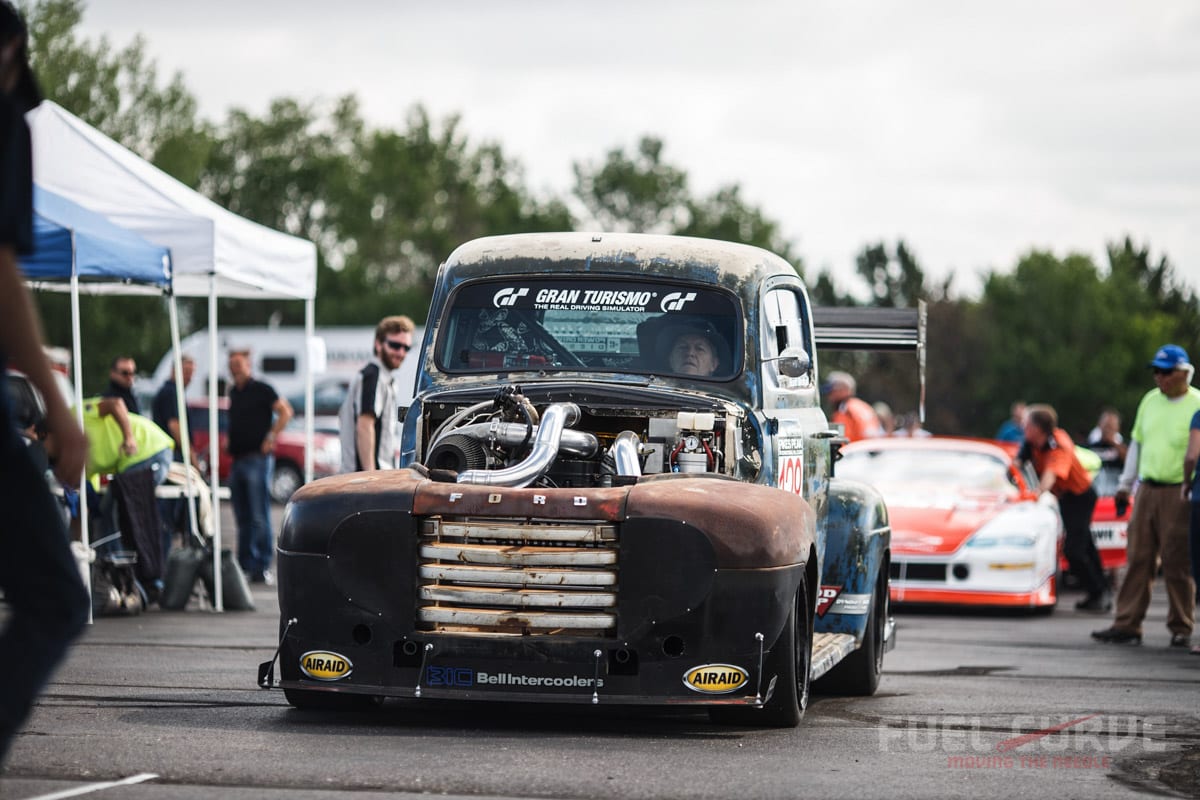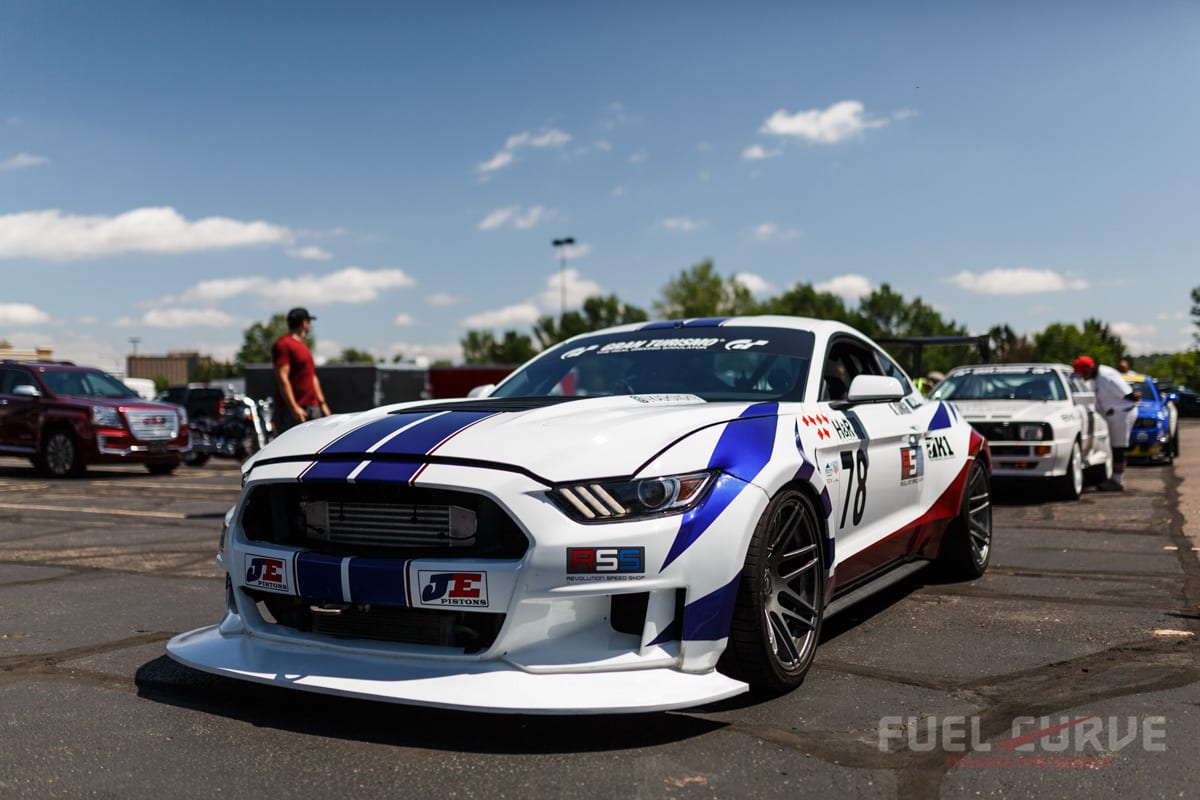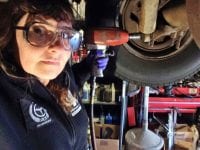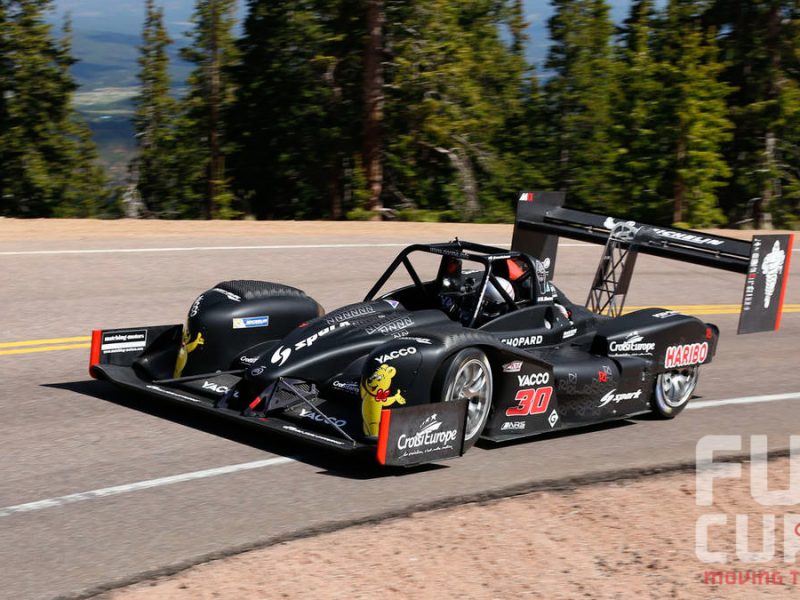Pikes Peak International Hill Climb 2018 – The Five Best Stories
From the town of Colorado Springs, Colorado, you can see Pikes Peak – home of the Pikes Peak International Hill Climb 2018. The mountain sits behind the city like a Mafia Godfather in the corner booth of a restaurant, quietly menacing, shrouded in mist like a cloud of cigar smoke, and daring anyone brave or foolish enough to try and best it. During the week of the Broadmoor Pikes Peak International Hill Climb 2018, the only thing on anyone’s mind is that barren dome, 14,115 feet high, 12.42 miles from the start line. It’s just 156 turns away.
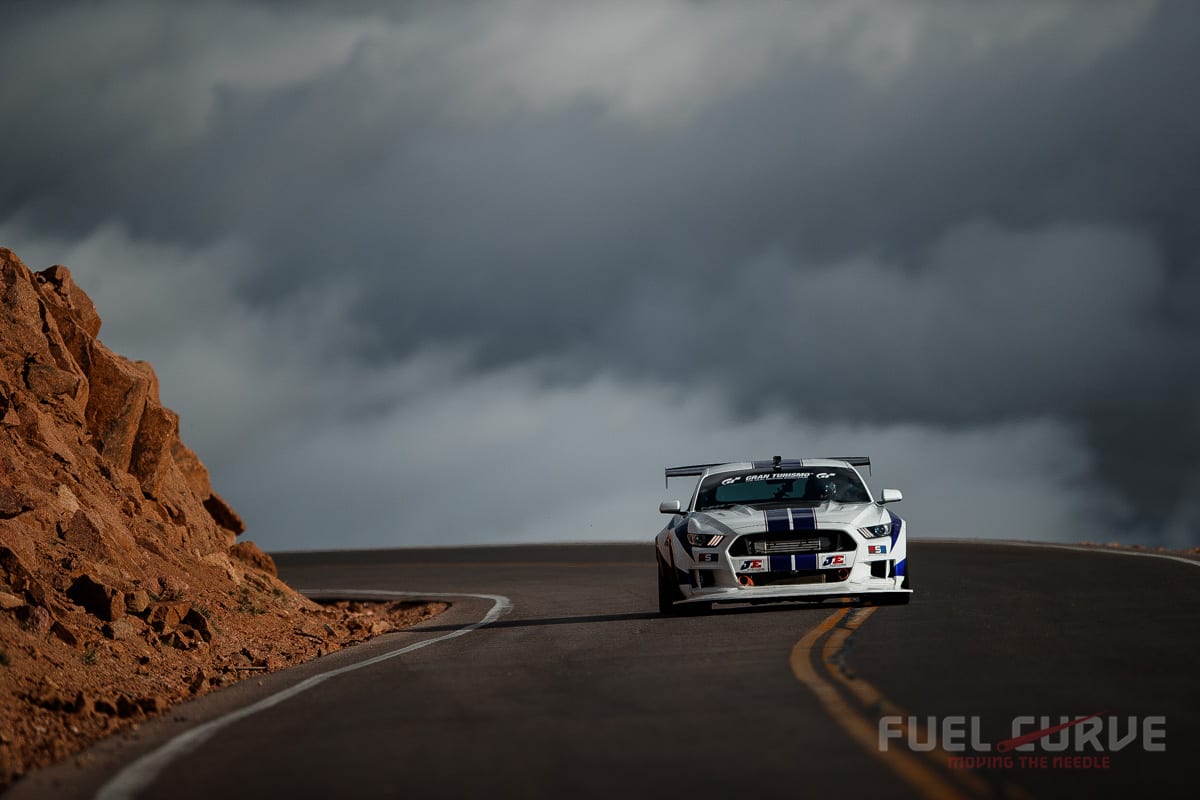
Since its beginning in 1916, the Pikes Peak International Hill Climb has seen the record for quickest run drop from 20 minutes to the staggering 7:57 that the electric Volkswagen laid down in this year’s race. The overall records make the news, but it’s the event as a whole that is truly mind-blowing. The altitude, the weather, the fact that practice is only available for a few dark hours each morning before the road opens to the public, all of it combines to make a good run at Pikes Peak one of the most difficult achievements in motorsport.

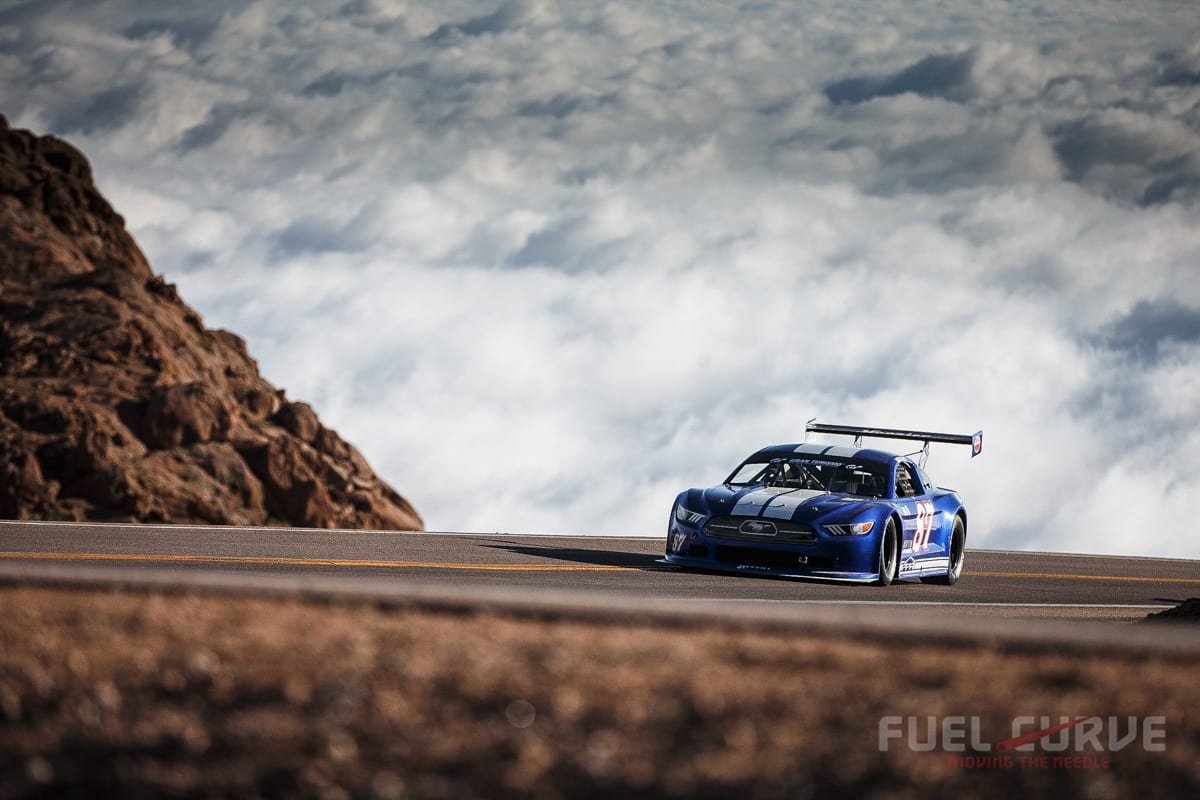

Kevin Wesley’s 2019 Dodge Challenger Redeye
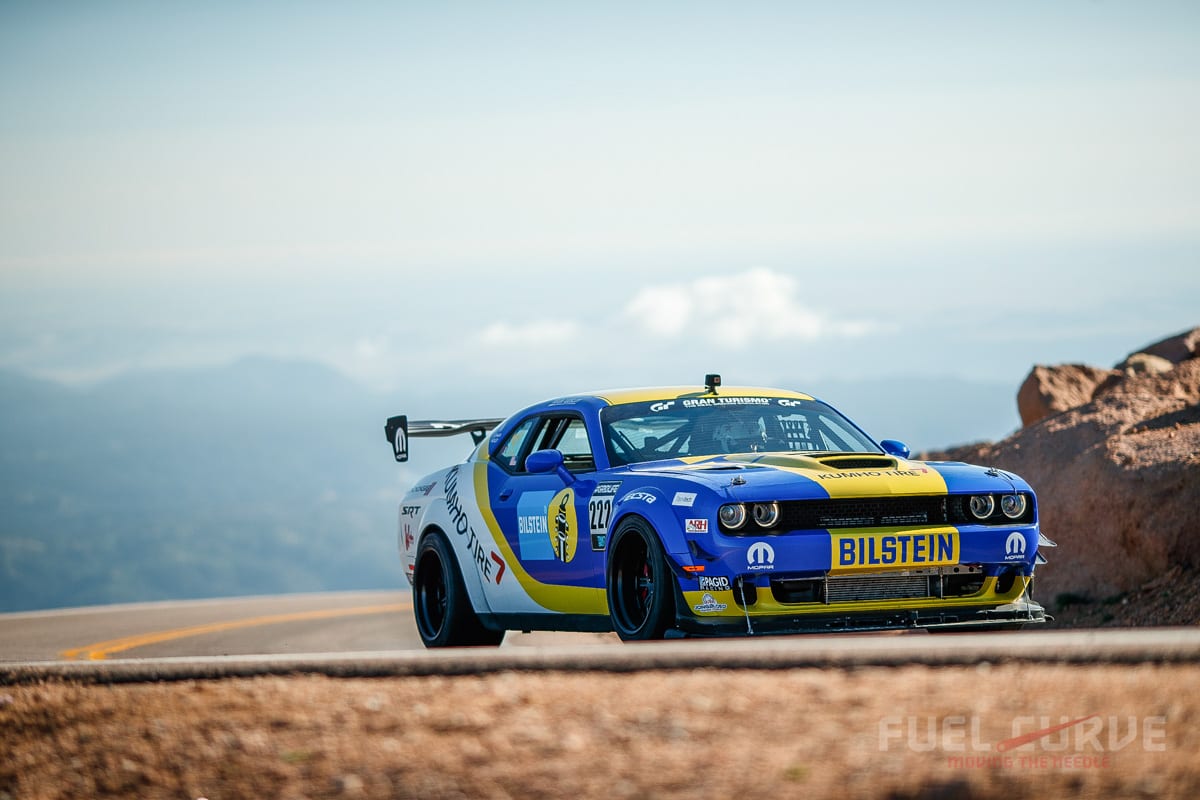
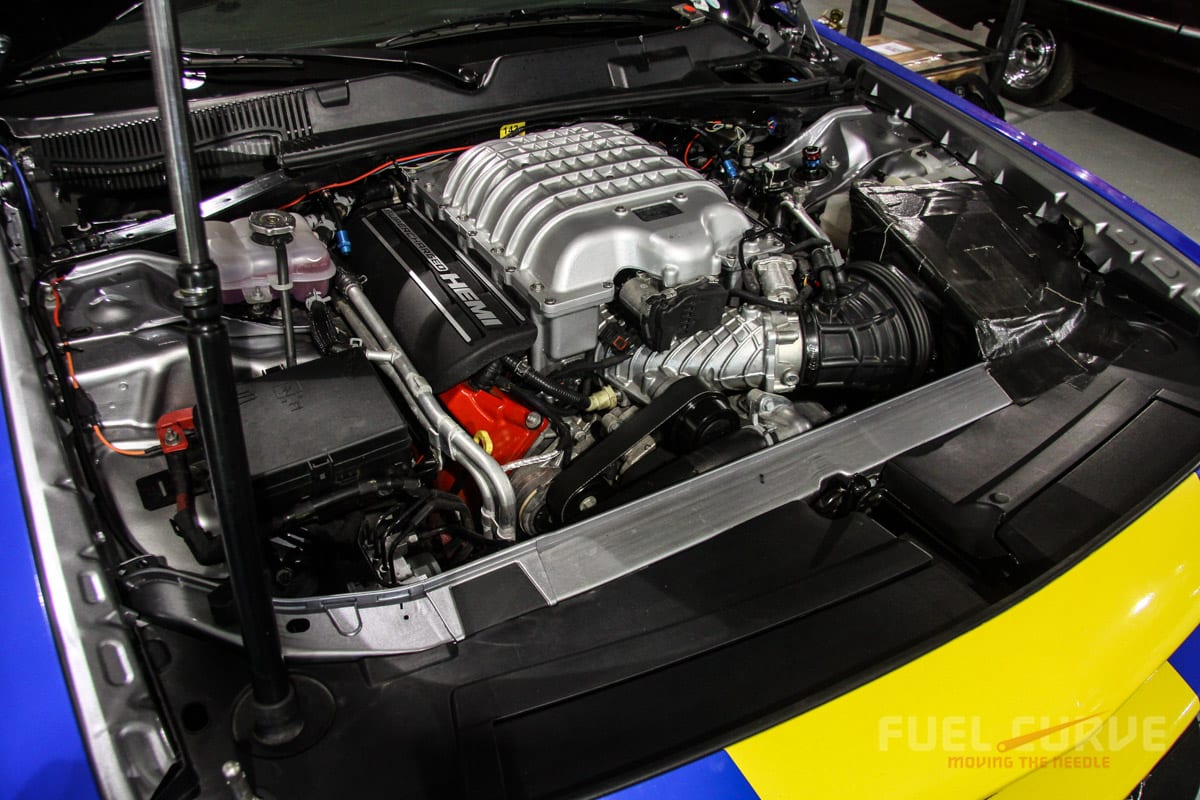

Kevin Wesley has been campaigning the Bilstein blue and yellow widebody Dodge all year, running at Gridlife Time Attack events, but at Pikes Peak he finally let me in on a secret. The engine in his Challenger wasn’t the standard 707hp Hellcat, but the about-to-be-released 797 hp Redeye, basically a Demon mill in a handling version of the pony car, and boy, could Kevin’s car handle! He qualified 16th overall and 5th in his TA2 class, ahead of Porsches and rally cars. The Redeye’s brute force was tempered for the turns by some borrowed aero off the now-defunct ACR Viper. Front splitter, rear wing, and fat Kumho Ecsta 355/30-19 tires on all four corners gave the Challenger a little extra stick. He may have raided the parts room at FCA, and stolen a crew chief in SRT motorsports engineer Tom O’Dell, but Wesley’s team was no factory effort. Most of Kevin’s crew were volunteers, including his father Bill, brother Scott, and son Parker. Unfortunately for the family affair, a transmission failure on race day cost Kevin a minute and destroyed his chance at a 10-minute time. At the summit he was disappointed, but optimistic about the future. “This is such a good car,” he said, as we cleaned snow off of the Challenger’s big wing (yes, it snows up there). “We proved what it could do in qualifying, and while we won’t have another chance here, there are other races this year, and we’ll be ready.”
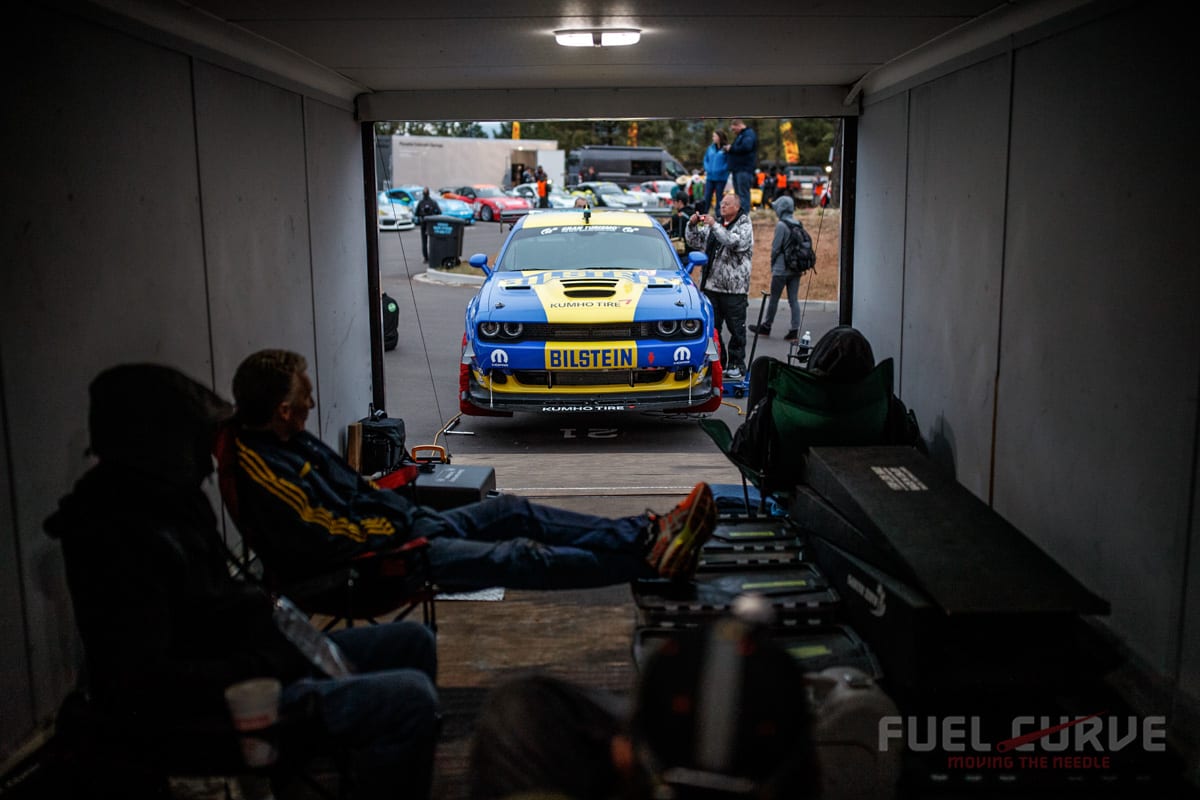

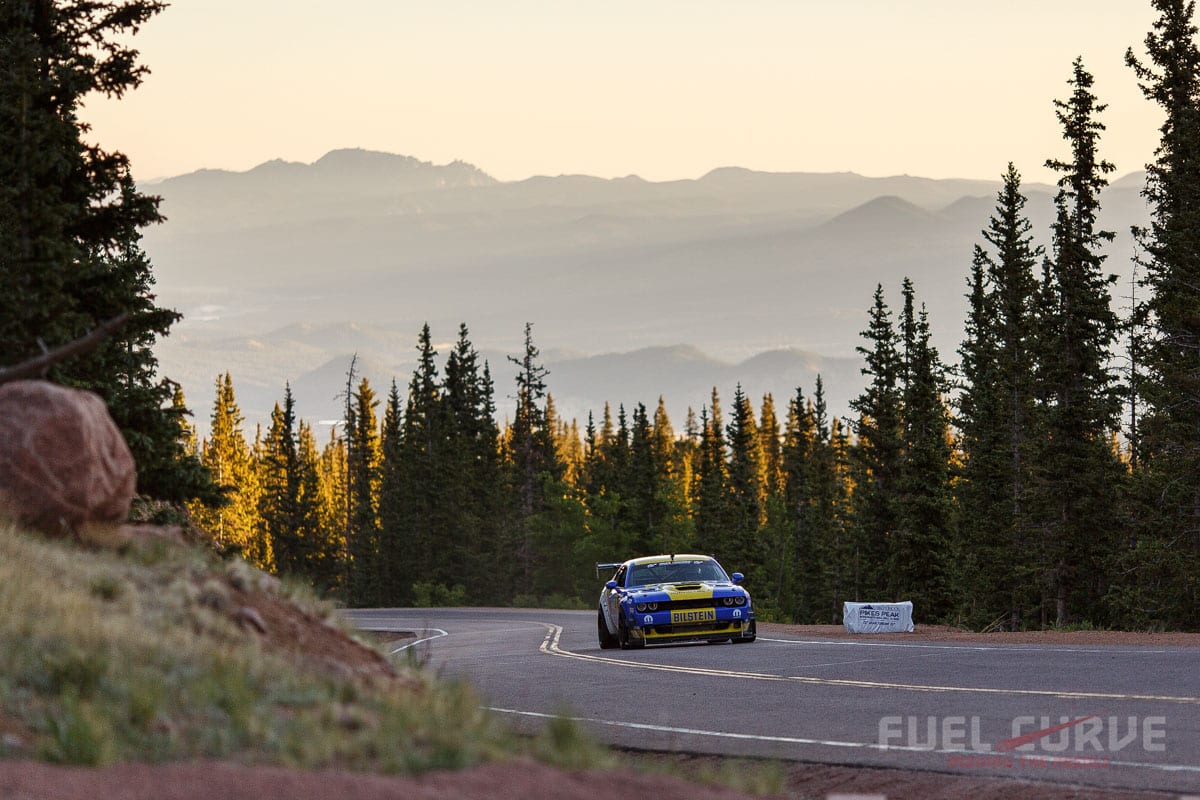

J.R. Hildebrand’s 2016 Porsche Cayman GT4 Clubsport
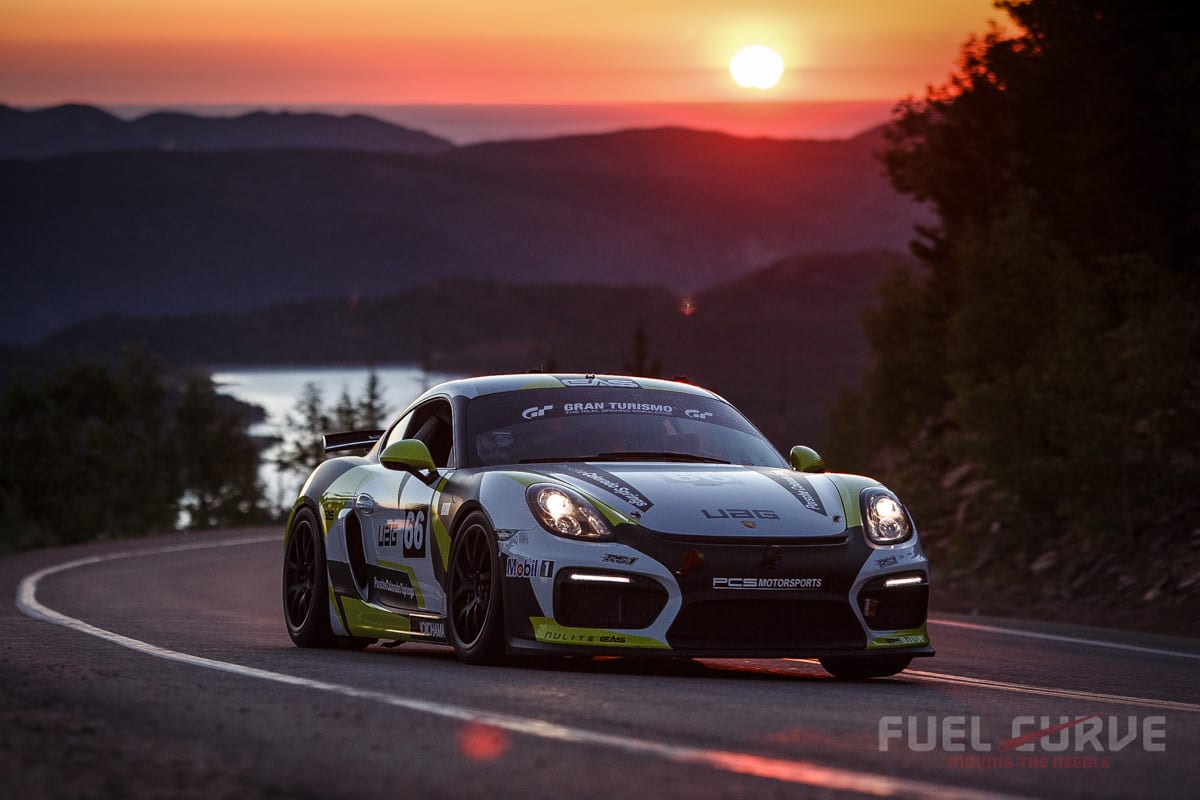

There were about a million (ok, 16) Porsches racing at the Pikes Peak International Hill Climb in 2018, but we’re going to focus on J.R. Hildebrand because he’s an IndyCar driver, owns several awesome classic project cars, and we talked to him at the summit while eating a donut, so we just feel fondest towards him. That’s saying a lot, actually, because there were a lot of famous names in Porsches this year, including former MLB pitcher CJ Wilson and all-around-badass Travis Pastrana. Hildebrand was racing against those guys in the Yokohama Clubsport class, a spec Porsche category coached by famed racer and photographer Jeff Zwart. “I’m friends with Jeff,” Hildebrand said as we huddled in the snack bar of the only shelter at the summit. “It’s a lucky thing too, because I was talking about racing Pikes Peak this year, but I didn’t even know that you had to sign up. I’d missed the signups by months! Jeff called and said they had an empty seat in one of the Porsches and I just said yes. I didn’t have a chance to test or anything, but I wasn’t going to say no. Doing this has always been a dream.” One of the reasons Hildebrand was so excited to race Pikes is that, while they seem very different now, in the early days of both IndyCar racing and Pikes Peak, the same drivers and cars raced both. Does Hildebrand think we’ll ever see an Indy car run up the mountain again? “Maybe, if we can figure out how to meet the rules for the roll bar and cockpit,” he said with a grin.
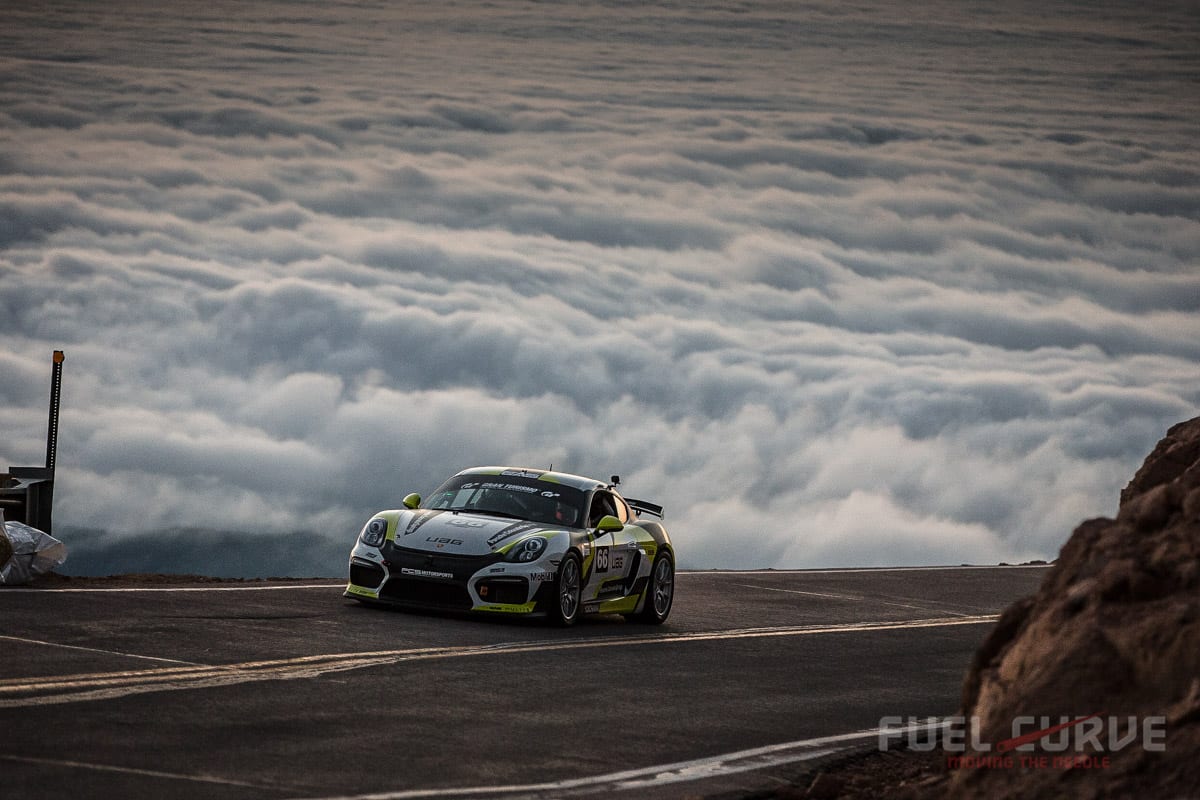

Tim Hardy’s 1987 BMW E30
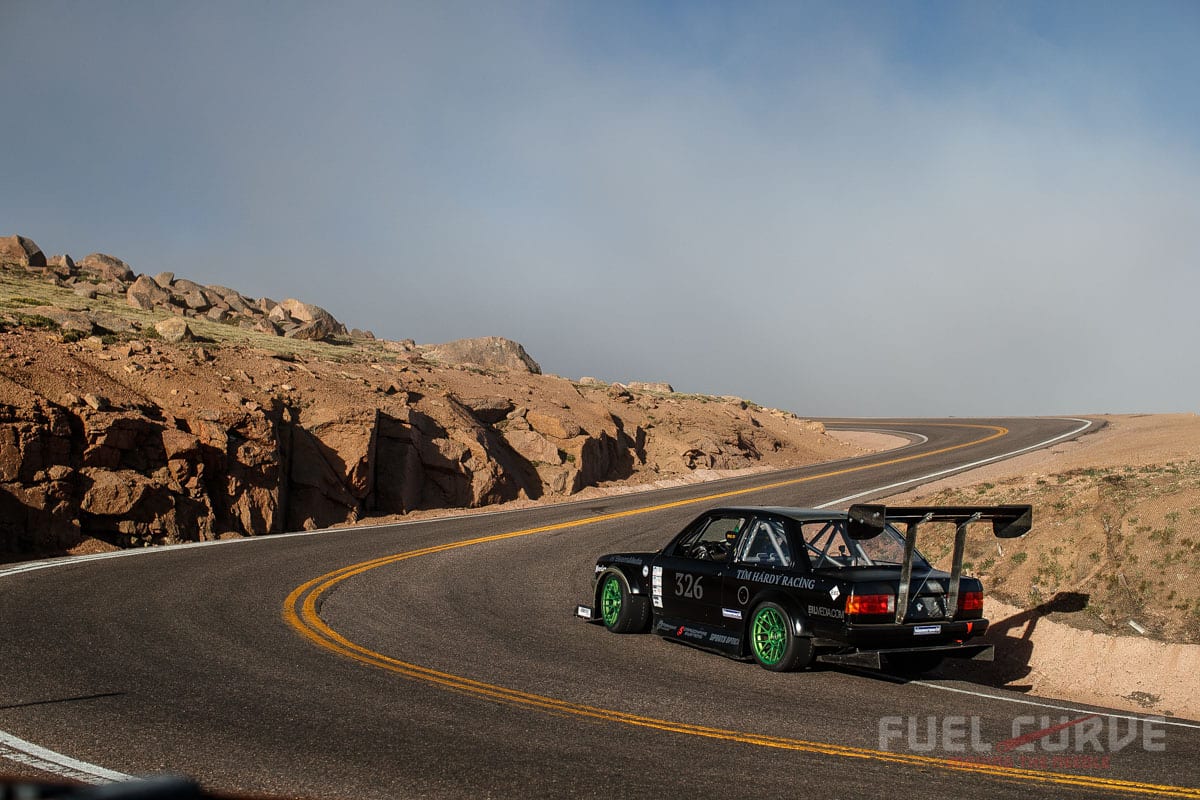
Tim Hardy’s black and green BMW looks homemade, because it is. Hardy’s approach to racing is the polar opposite of the big money teams and the modern sportscar entries. His turbocharged six-cylinder E30 started off as a cheap Craigslist car, something he just wanted to build up enough to “run hill climbs with.” Pikes Peak may be the most famous of Colorado’s uphill races, but in an area so full of mountain ranges, you can bet there are plenty of other competitions for Hardy to practice at. Over the years he taught himself fiberglass work, and then carbon fiber skills, and took inspiration from the successful cars he saw running quick times up Pikes Peak. “We built everything in the garage,” he told us. “Just friends and family. We just experimented on the aero. This is probably the third or fourth generation of the wing.” For 2018, Hardy’s goal was to break a 10-minute run. That was his goal in 2017 too, but a series of problems—including blowing the intercooler hose and releasing all his boost into the wild, kept him from making the run he wanted. This year, despite a slippery upper section and a missed shift which “Happened right in front of all the fans,” Hardy ran a 9:59. “Just got it,” says Hardy. “Just barely, but it counts.”
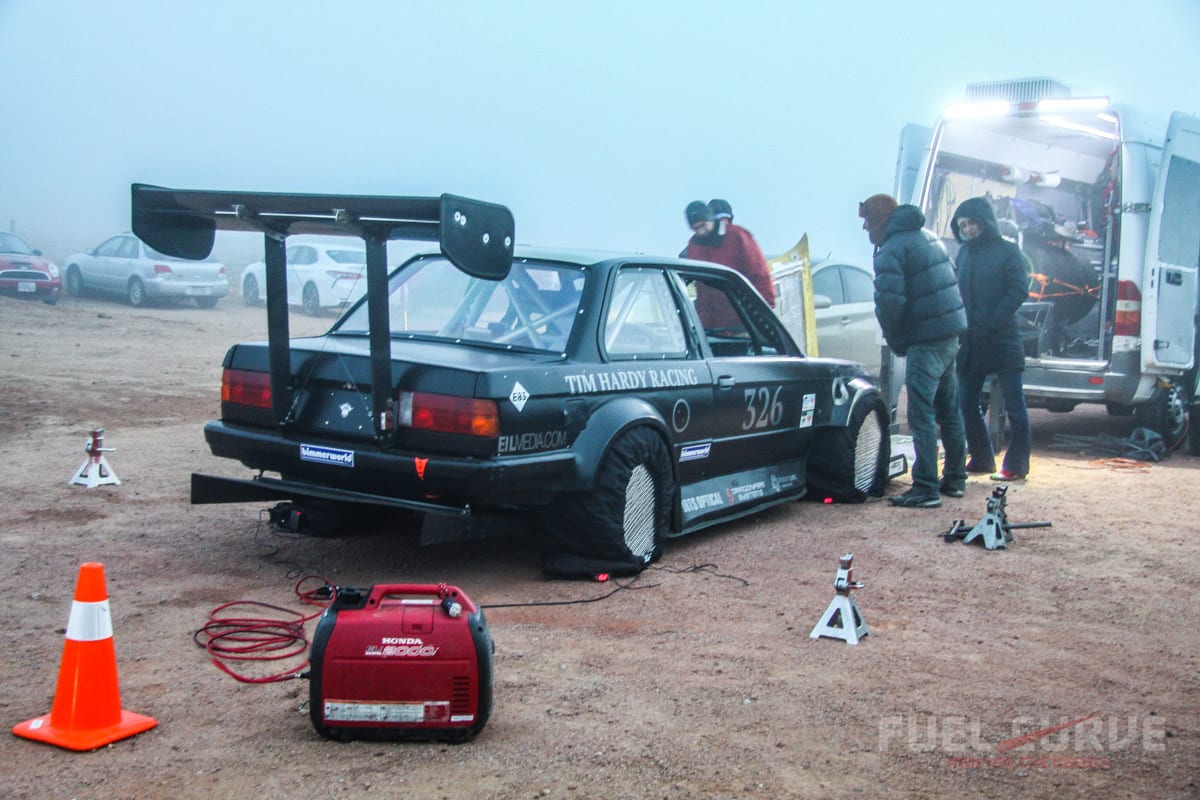

Ray Evernham’s 1936 Chevy Sedan
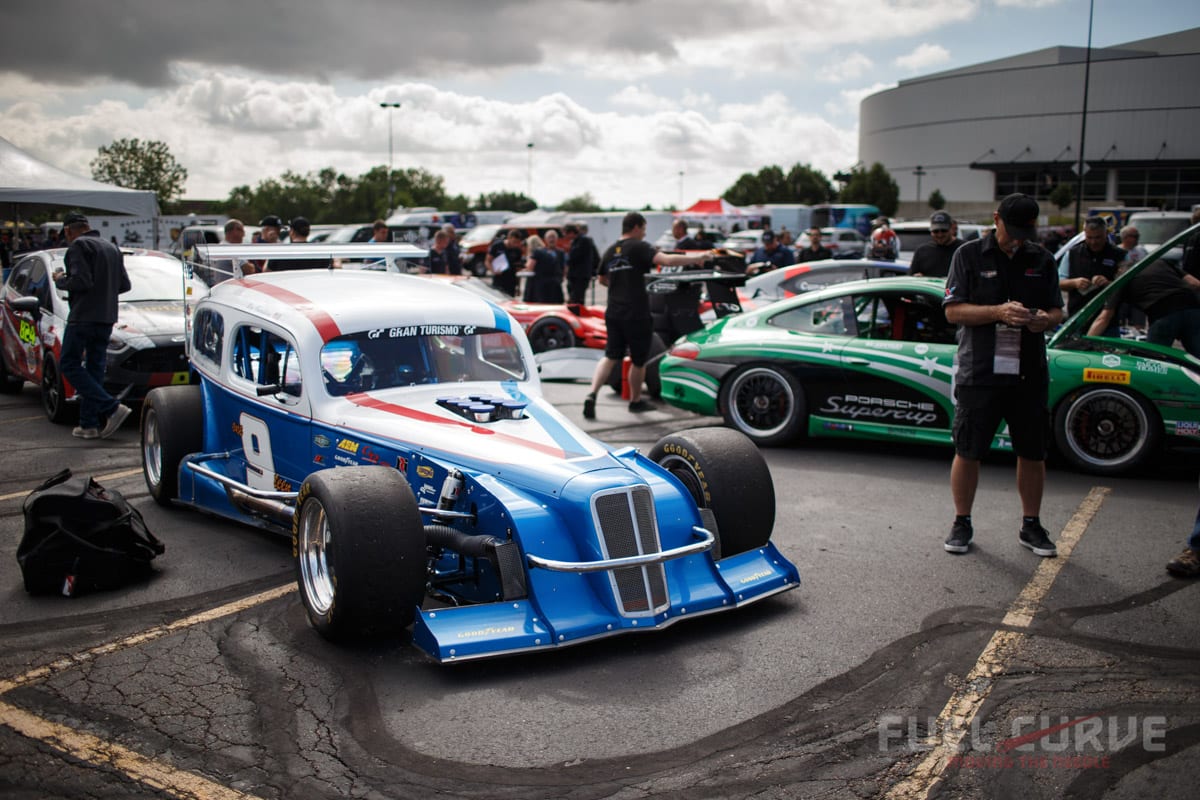


Carlin Dunne 2018 Ducati MTS-1260 Pikes Peak
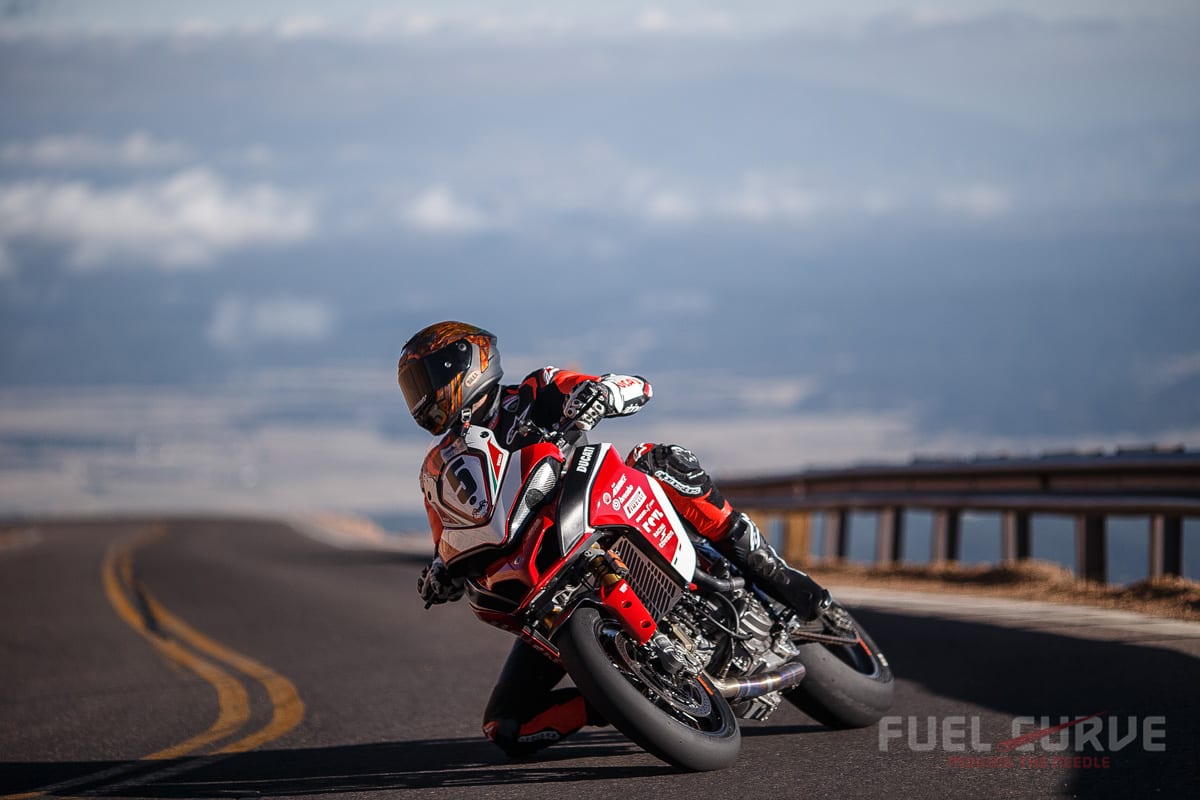
It isn’t a proper telling of the Pikes Peak story if we don’t mention the two-wheel competitors. The motorcyclists leave first on race day morning and they meet the checkered flag on a lonely mountaintop. One by one they reach the top, loosen their grips on the handlebars, uncurl from their tanks and look to see who else has made the summit. The clapping of a glove on an armored leather back is loud in the thin sunlight. The relief is thicker than the air. These are the bravest of the Pikes Peak racers. Just standing nearby as they swap stories revealing how risky it is to race alongside the cliffs without even the meager protection of a car’s rollcage around you. Overall winner Carlin Dunne leaned down and casually picked a bit of grass out of the top of his boot. “I guess I cut it a bit close,” he said with a laugh, then shook his head. “It was slick up at the top,” he explained. “There were corners where you go in, and you just had to hope it sticks.” Behind him, his Ducati teammate Codie Vahsholtz patted the tail of his bike like it’s a well-loved horse. Dunne leaned over to another rider, “How many moments did you have?” he asked. “I lost count.” Then they all grinned and acted out their close calls and then hiked partway down the slope to watch the cars come in.
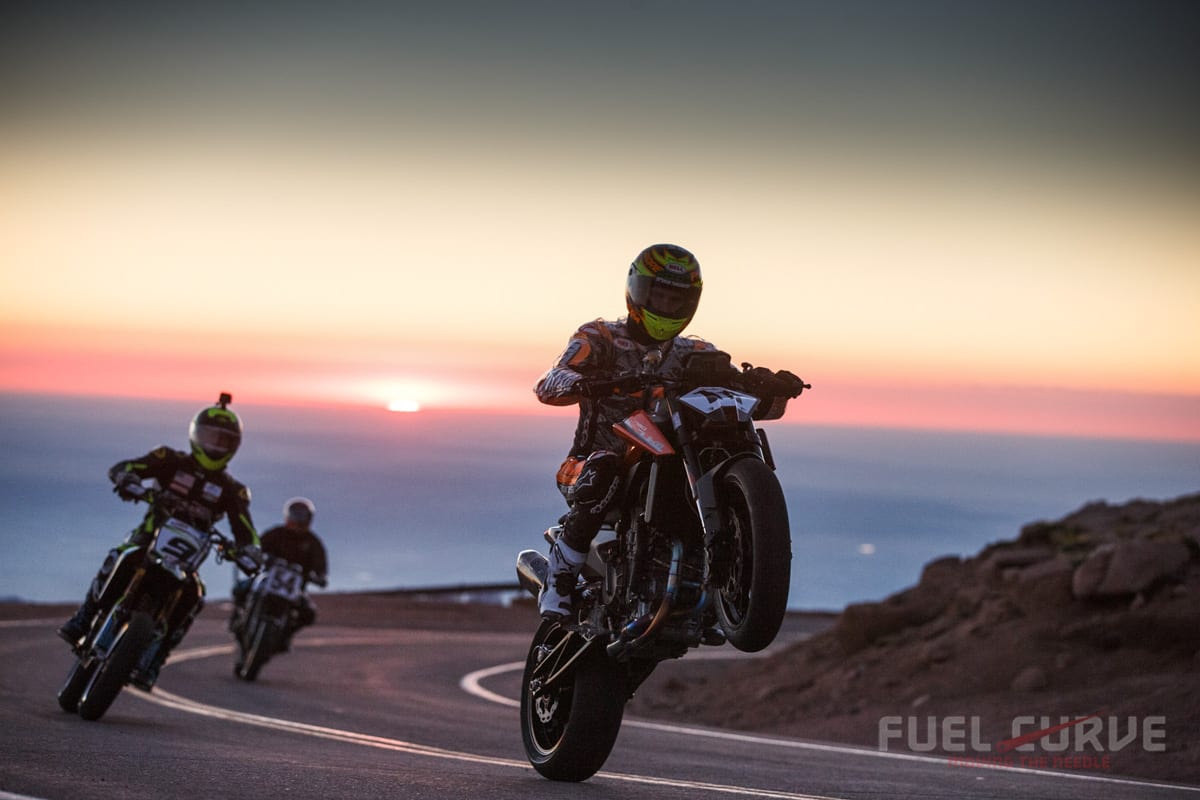



It’s a long day at the top. Nobody can leave until the last car clears the finish line, and there are weather delays and red flag delays, and both are nerve-wracking. It snowed, then hailed, then hail-snowed and we all crowded into the small gift shop and watched the ground turn white outside the windows. Riders and drivers were coiled up asleep in corners, adrenaline and oxygen tapped out.
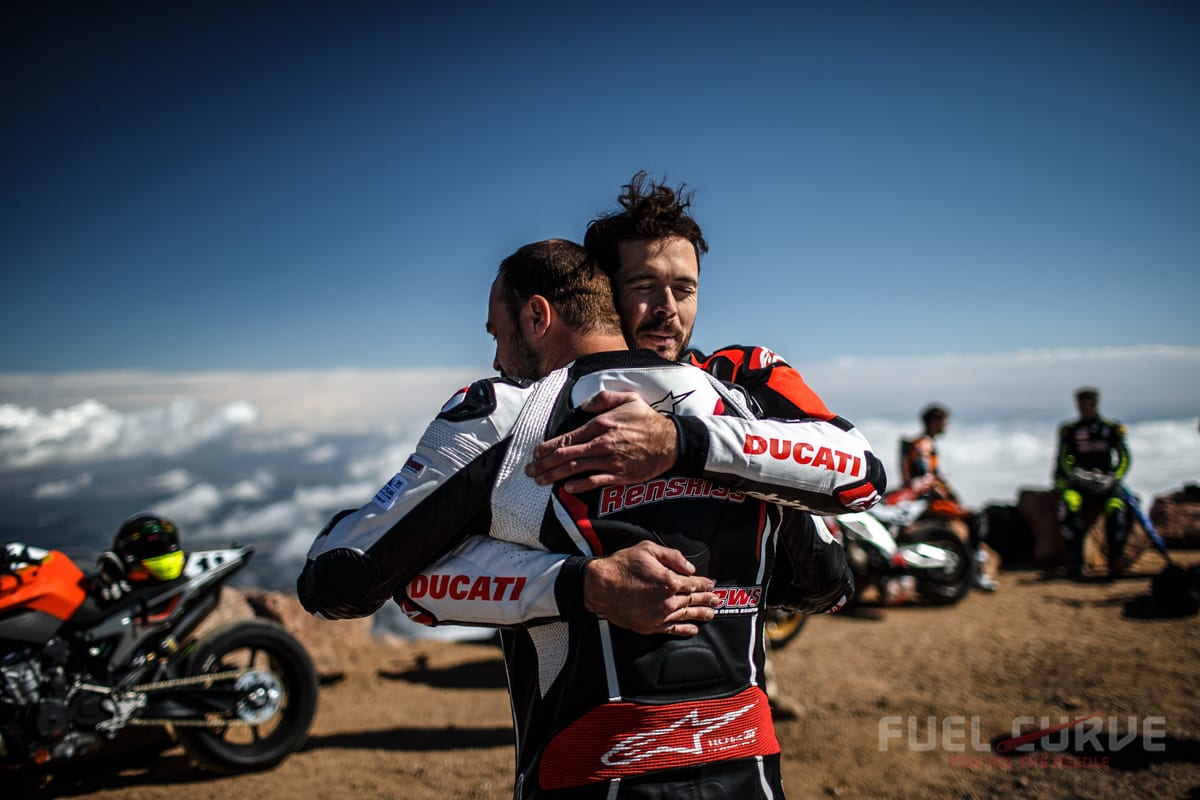

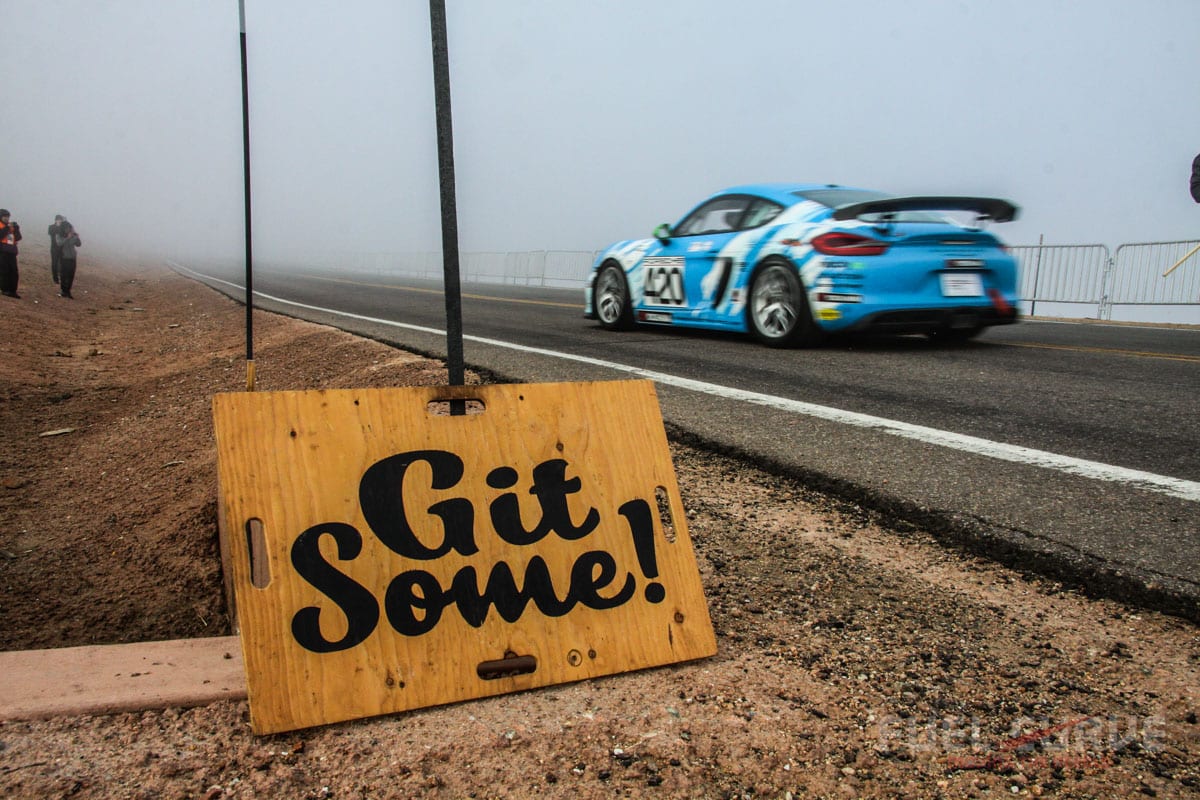

Photography Larry Chen, Louis Yio, Jr Sang, Jason Zindroski and the author

